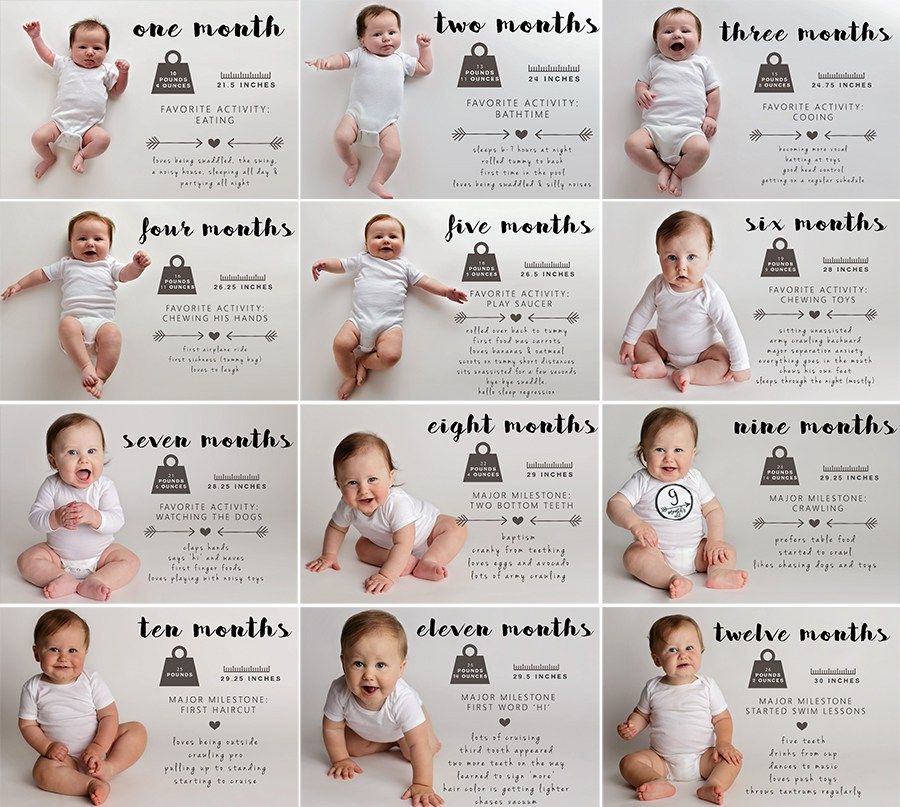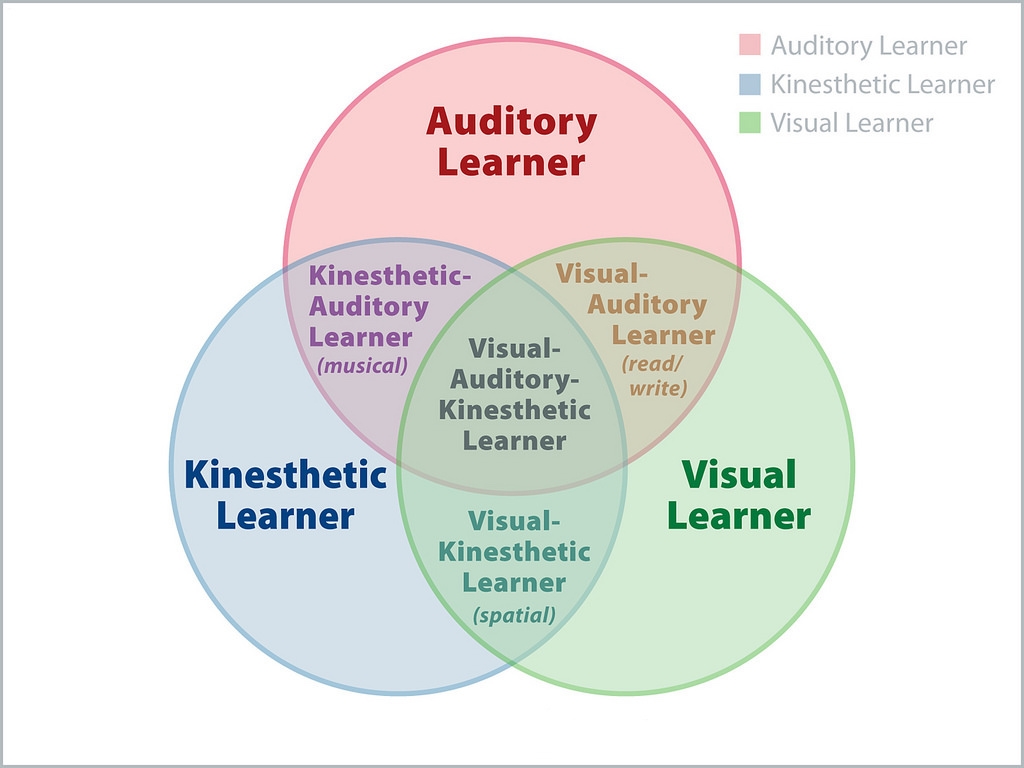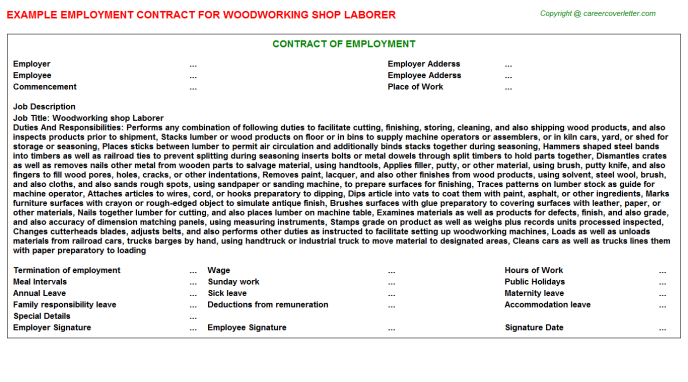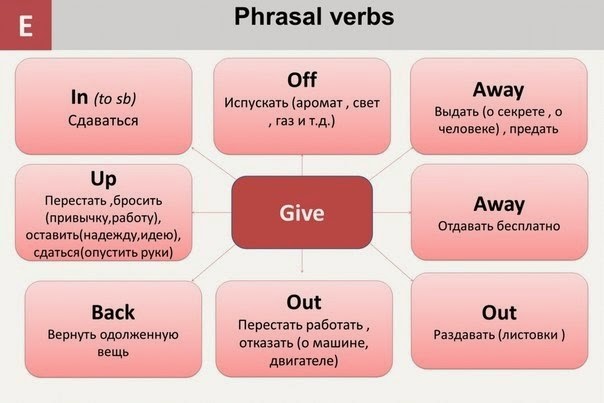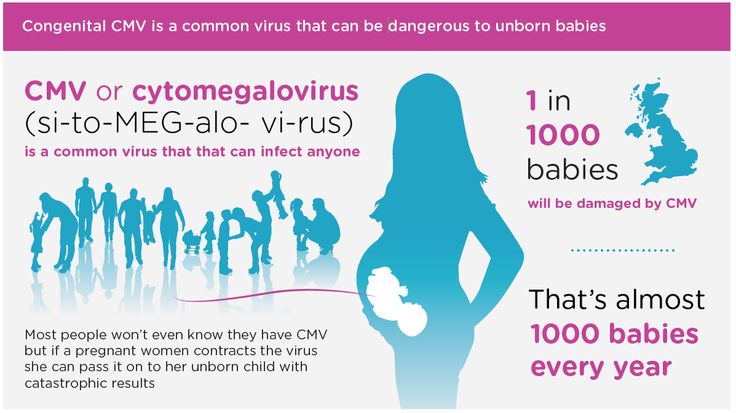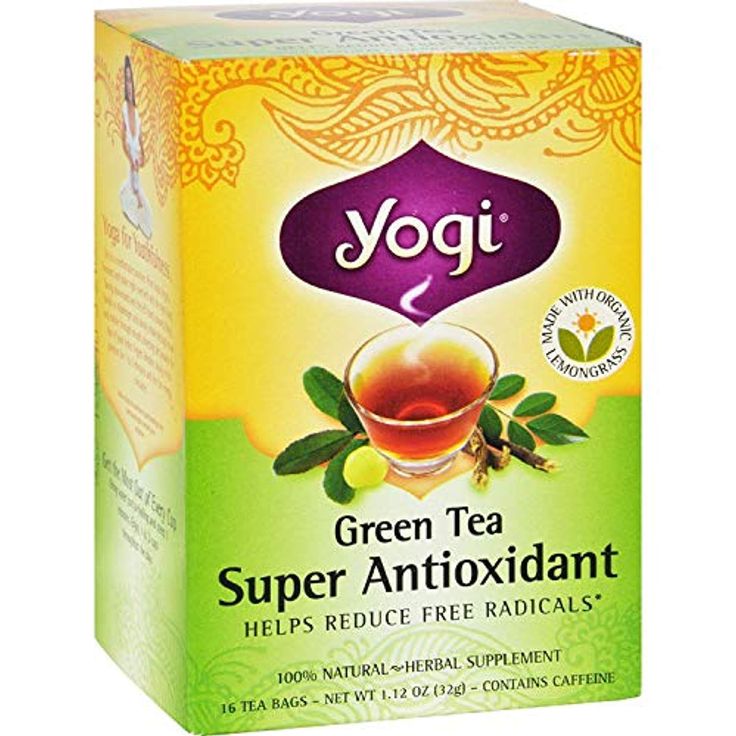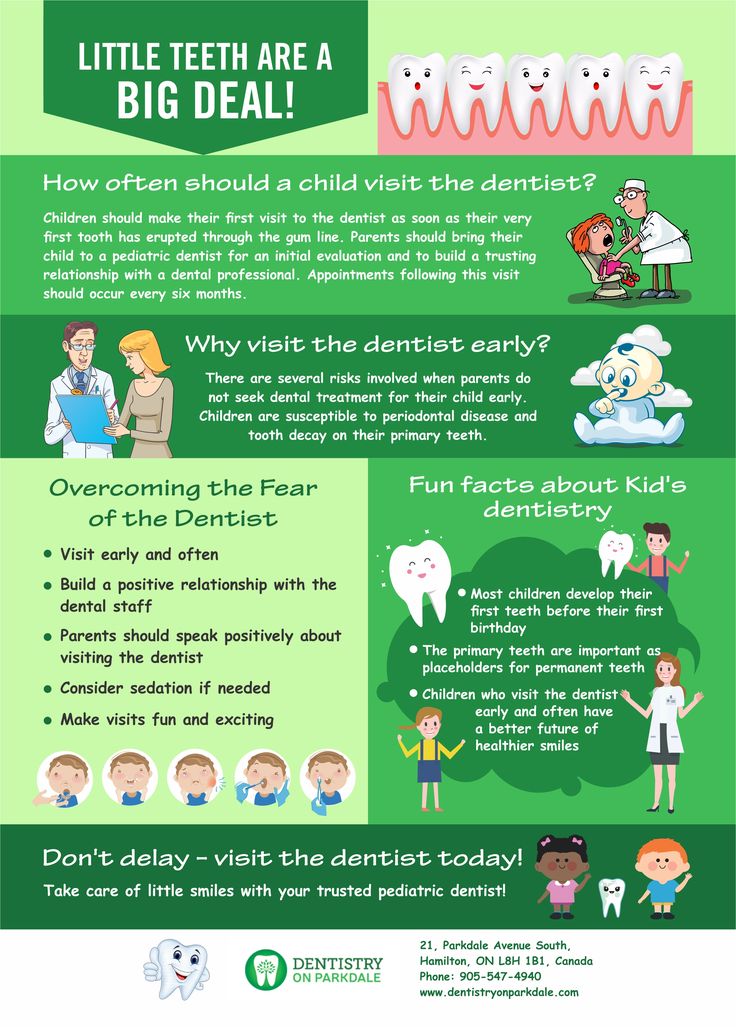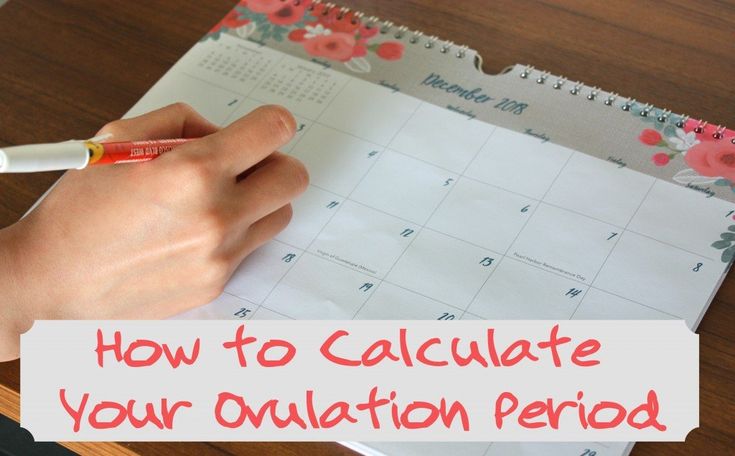Baby progress monthly
1-Month-Old Baby: Milestones and More
1-Month-Old Baby
Your baby is one month old! What an amazing first month—for you and baby. It's hard to believe how much your day-to-day has changed now that this beautiful (and confusing!) person has entered the world and turned your life upside down. One-month-old babies are completely dependent on their caregivers. And you’re completely in love with your newbie. You're probably feeling more confident in your parenting abilities than you were just a month ago, and with good reason—you're trusting your instincts, putting baby first and reading up on one-month-old baby development and parenting advice, which is proof enough that you're doing a great job!
Want to know what to expect in the coming days and weeks for your one-month-old? We’re sharing everything you need to know to ensure baby is well on track—from one-month-old baby milestones to sleeping and feeding schedules to basic routines and more.
In the article:
1-month-old development
1-month-old health
1-month-old feeding
1-month-old sleep
1-month-old schedule
Activities for a 1-month-old baby
1-month-old checklist and tips
1-Month-Old Development
Pretty much all baby did in the first month was sleep, cry, eat and poop, but soon their little (or, make that, big) personality will emerge. Case in point: You will probably notice your one-month-old baby cooing and ahh-ing in the coming weeks. How ridiculously cute is that!?
1-month-old baby weight and length
We know you’re wondering: How much should a one-month-old weigh? What should their length (aka height) be? The average one-month-old baby weight is 9.2 pounds for girls and 9.9 pounds for boys, according to the World Health Organization.
Of course, if baby weighs or measures much more or much less than the average, it doesn’t mean there’s a problem. Babies—just like adults—come in different shapes and sizes. What’s important is that baby’s growing and putting on weight at a healthy rate. The pediatrician will check on that, and ensure that they’re progressing on their growth chart at that all-important one-month checkup.
Your baby has likely gained 1.5 to 2 pounds and grown about 1.5 to 2 inches since birth, and baby’s head probably measures about an inch larger.
Coming up: In a 6-week-old baby, a growth spurt is pretty common, so be mentally prepared! Sometimes babies feed more frequently when they’re in a spurt, so know you might have to keep up with an extra demanding baby.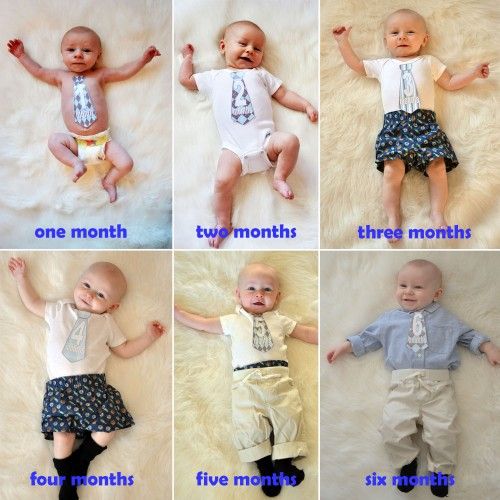 Wondering if baby has hit this stage? If they’re acting fussier than usual or falling out of their sleep routine (if you even have one at this point!), it’s very likely your little one is working hard on growing bigger and stronger (a comforting reminder when you’re calming your cranky cutie at all hours of the night).
Wondering if baby has hit this stage? If they’re acting fussier than usual or falling out of their sleep routine (if you even have one at this point!), it’s very likely your little one is working hard on growing bigger and stronger (a comforting reminder when you’re calming your cranky cutie at all hours of the night).
1-month-old’s five senses
Since hearing is developed in utero around 35 weeks, your one-month-old baby’s hearing is fully developed, and they may turn toward familiar sounds and voices. Initially, fluids in the ears affect the clarity of sound, and the parts of the brain that deal with sound processing have to develop, which usually doesn't happen until the seven-month mark. Here are some more interesting facts about your one-month-old’s developing senses:
- Baby’s eyes still wander and may sometimes cross, which could make you wonder: How far can a one-month-old see? They can now see and focus on objects that are about 8 to 12 inches away. They like black and white patterns and those in other contrasting colors.
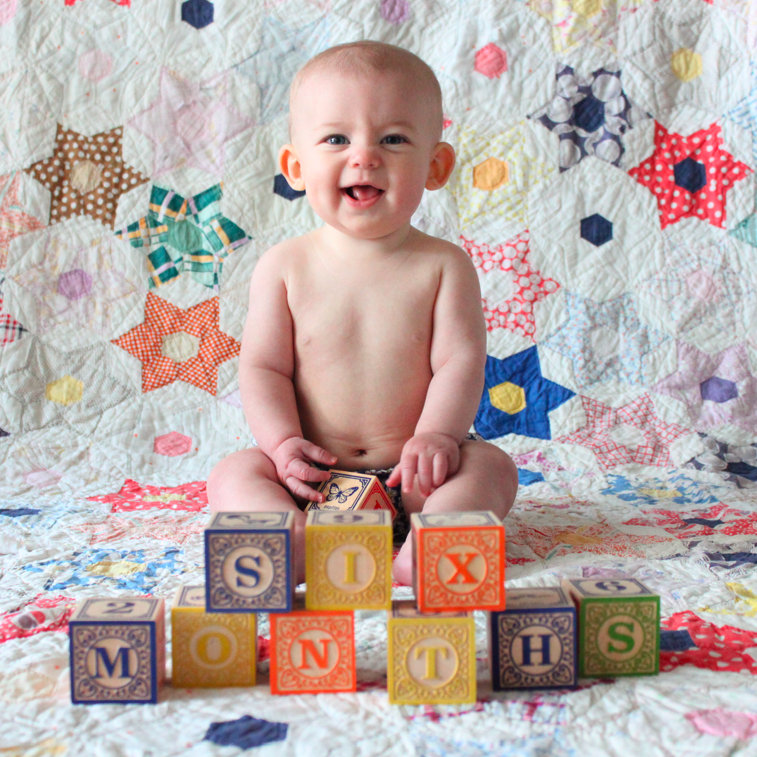 But they’d rather look at faces than anything else, so no need for fancy toys. Just hold baby facing you, and chat away!
But they’d rather look at faces than anything else, so no need for fancy toys. Just hold baby facing you, and chat away! - You may also be curious if baby can recognize your face at the one-month stage. Some experts believe babies can recognize their caregivers within just a few days of birth, while others suggest babies begin remembering faces by the two-month mark. That said, by 8 months, baby will be able to identify you from across the room—so you have that to look forward to.
- Baby’s sense of smell is developing too. They like sweet smells (bitter or acidic things are basically yuck to them), and if you’re nursing, baby would probably be able to pick your breast milk out of a lineup, since they know the smell and taste so well. (And, FYI, breast milk is also very sweet!)
- Baby loves to touch things that are soft (a cozy blanket) and doesn’t like to be held or moved in a rough or abrupt way. So keep things gentle—you probably already are!
1-month-old baby milestones
Your newborn is still pretty much a cute blob at this point.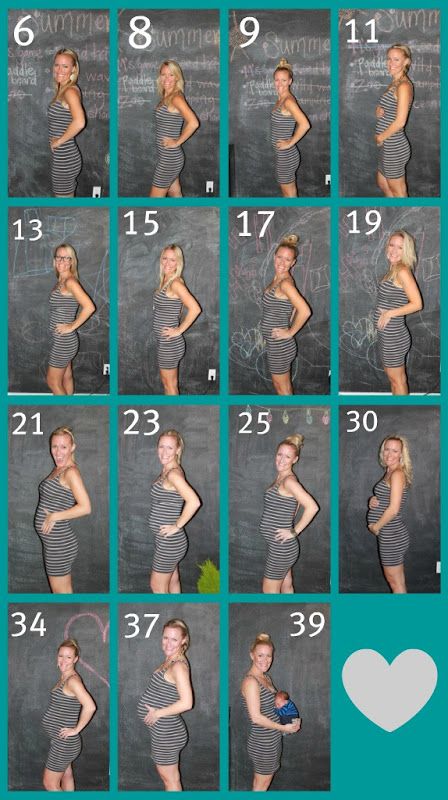 Still, throughout the month you’ll notice some rapid changes and impressive developments. There are some one-month-old baby milestones on the horizon.
Still, throughout the month you’ll notice some rapid changes and impressive developments. There are some one-month-old baby milestones on the horizon.
“What should my one-month-old be doing?” That’s the question every new parent asks. While every baby’s different, it’s typical for a one-month-old baby to still be keeping their hands tight in fists. Baby probably jerks and quivers their arms and has keen reflexes. If they haven’t started smiling already, they probably will in the next month—so exciting!
While you should be patient with baby’s progress hitting milestones, there are a few developmental red flags you should be aware of. Call the doctor if your one-month-old baby:
- Is feeding slowly, has trouble sucking, sweats while feeding, turns blue while feeding or projectile vomits with most feedings
- Doesn’t blink in bright light
- Doesn’t respond to loud sounds
- Doesn’t focus their eyes on an object or follow it with their eyes when it moves
- Has a trembling jaw or repetitive movements that don’t stop when touched
- Doesn’t seem to move their arms and legs much
- Seems overly loose or overly stiff in the limbs
1-Month-Old Health
With babies, in general, no news is good news.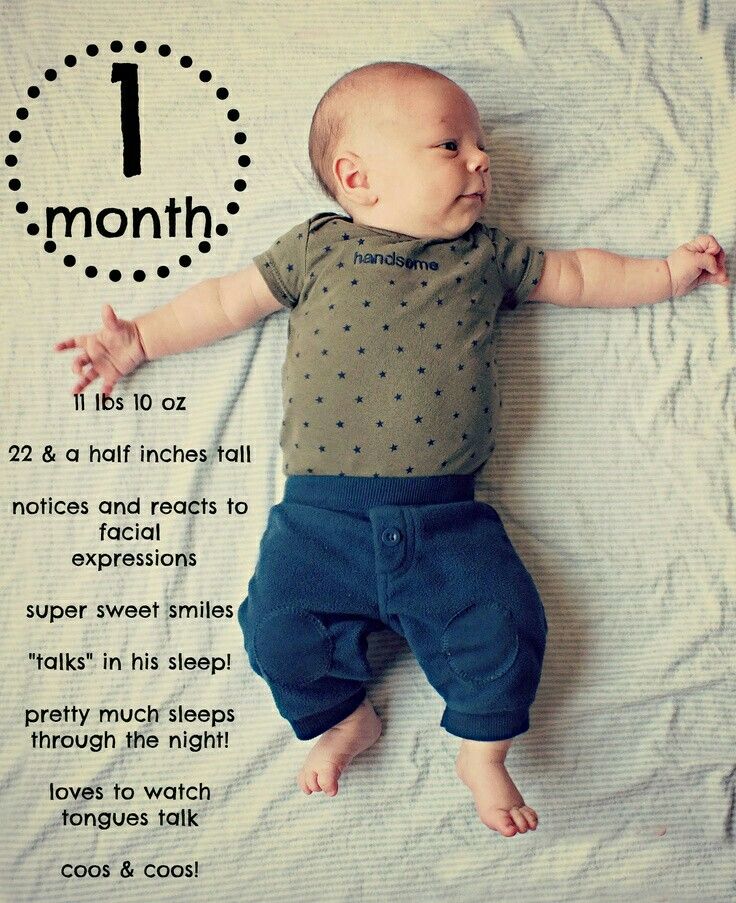 As long as you’re not seeing signs of a problem, your one-month-old’s health is probably totally great. A few common health concerns of parents of one-month-olds include:
As long as you’re not seeing signs of a problem, your one-month-old’s health is probably totally great. A few common health concerns of parents of one-month-olds include:
- Constipation. Parents wonder: How often should a one-month-old poop? The answer is around two times per day, if they’re being fed formula. Breastfed babies can have bowel movements as infrequently as once a week and still be totally healthy. The general rule of thumb is that if baby’s poop comes out in hard, small balls, you’ve got a one-month-old baby who’s constipated. Check out more on how to handle constipation.
- Congestion. Babies often seem a little stuffy, but if your little one is coughing, has a runny nose, has a fever, is breathing fast or not eating well, check in with your pediatrician If your one-month-old is congested, head over here to get more info on how to help them breathe and feel better.
1-Month-Old Feeding
At one month, baby is still probably feeding once every two to three hours if you’re breastfeeding or once every three to four hours if you’re formula feeding.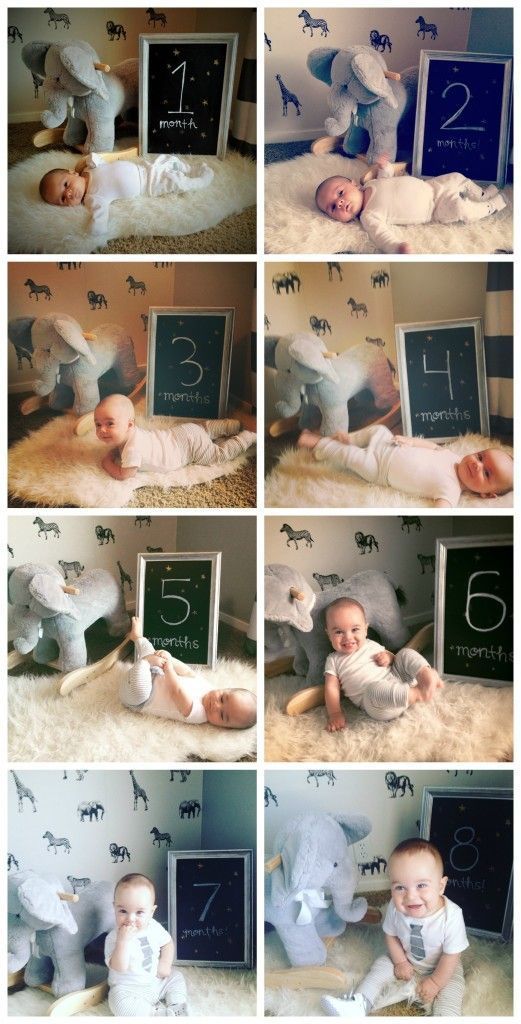 By now, you’ve probably learned to follow baby’s cues to determine when they’re hungry—you may even be able to identify their own distinct “hungry cry.”
By now, you’ve probably learned to follow baby’s cues to determine when they’re hungry—you may even be able to identify their own distinct “hungry cry.”
How much should a 1-month-old baby eat?
If you’re breastfeeding, don’t worry too much about the quantity of breast milk. You can’t measure it when it comes straight from the tap anyhow! Baby will know when they’re full by stopping, moving away from your breast or falling asleep. Soon, baby will become a more efficient feeder and will be able to get more milk in a shorter amount of time—so you may notice you spend a teeny bit less time feeding in the coming months.
If you’re formula-feeding, baby is probably consuming a four-ounce bottle about once every four hours.
What can a 1-month-old baby eat this month?
Baby should still stick to just formula or breast milk, or a combo of both. Wondering if a one-month-old can drink water? Most doctors recommend waiting until baby is at least 6 months old before giving them water.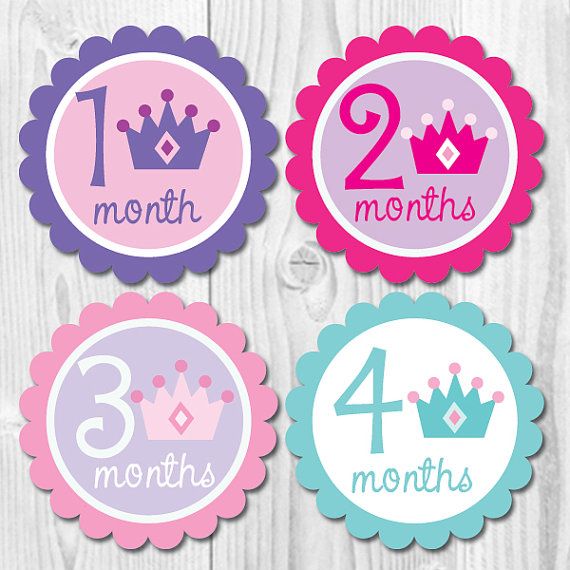 They get plenty of fluids from your breast milk or formula! There may be some exceptions, so always check with your pediatrician first.
They get plenty of fluids from your breast milk or formula! There may be some exceptions, so always check with your pediatrician first.
1-month-old feeding schedule
Image: Megan Rubey
1-Month-Old Sleep
If you’ve got a one-month-old baby at home, chances are sleep is at the top of your priority list. And while your little one may get adequate shuteye, it’s probably not at the most ideal hours.
How much sleep does a 1-month-old get?
One-month-old babies typically sleep about 15 to 16 hours per day. How it’s split up throughout the day depends on the baby, but around three daytime naps is pretty typical, with eight-and-a-half hours of sleep probably coming at night (with plenty of interruptions, of course!).
Doesn’t sound exactly like your kid? It’s okay—different babies have different personalities, just like adults! Any sleep concerns should be discussed with your pediatrician, who can give you personalized advice, but here are some common one-month-old sleep concerns:
1-month-old baby won’t sleep
There are so many reasons it might be tough to get baby to sleep.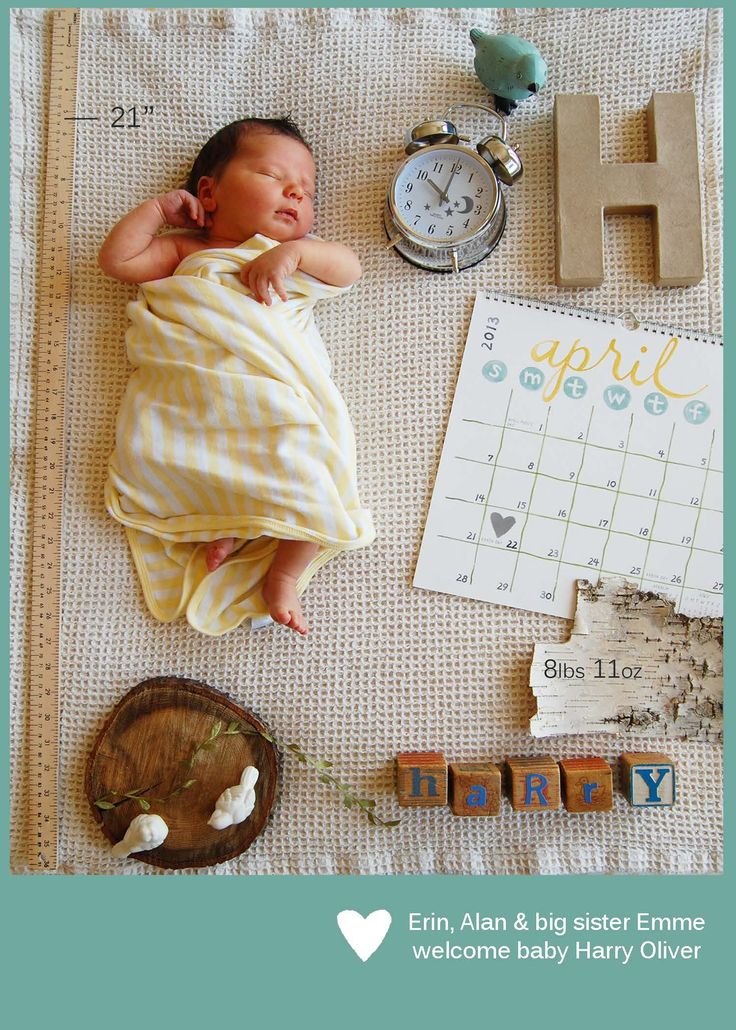 They could be overstimulated, uncomfortable or just want to cuddle with you. Try some of these tricks to help baby sleep, and if they don’t seem to work, talk your pediatrician.
They could be overstimulated, uncomfortable or just want to cuddle with you. Try some of these tricks to help baby sleep, and if they don’t seem to work, talk your pediatrician.
1-month-old baby sleeping all day
Some babies get what’s called “day/night confusion,” where they mix up day and nights. Some might have an illness that’s making them sleep more than usual. Others might just be extra sleepy! Try to pinpoint the cause of baby’s sleepiness and then decide whether or not it could be an issue—if baby’s otherwise healthy, eating and peeing enough, then it’s probably not something to worry over.
1-month-old sleep schedule
Here’s an example of a typical one-month-old’s sleep schedule:
Image: Megan Rubey
1-Month-Old Schedule
It’s not really possible to get a one-month-old on a schedule, but you can start to incorporate patterns throughout baby’s day. For example, a “sleep, eat, play” routine works for a lot of babies. Over time, you’ll find that sticking to a pattern like that may develop into a more predictable daily routine.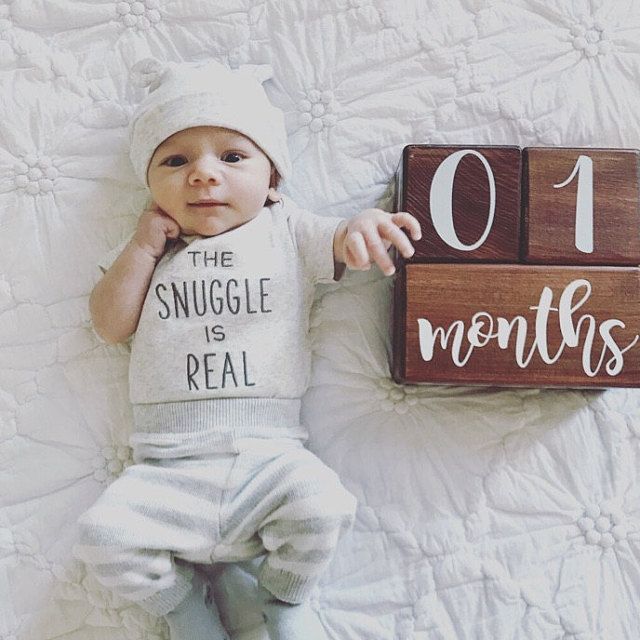 Just remember to be flexible—things can change, and it’s important you roll with the punches. Keep following baby’s cues for hunger and sleep.
Just remember to be flexible—things can change, and it’s important you roll with the punches. Keep following baby’s cues for hunger and sleep.
1-month-old example schedule
A one-month-old’s daily schedule might look something like this:
Image: Megan Rubey
If you’re worried about your one-month-old baby’s schedule or routine, talk to their pediatrician.
Activities for a 1-Month-Old Baby
Yes, a one-month-old baby may be small and helpless, but that doesn’t mean you can’t interact with them and enjoy a few beginner activities together. It’s true that baby can’t do much, but they’ll still get a kick out of playtime with you. Don’t know where to start? Use your imagination; it doesn’t take a lot of effort or skill to engage and entertain your newborn. Below, some ideas to try with your tiny playmate.
- Talk to baby. It’s never too early to start communicating with baby. Use an animated voice, make eye contact and pour your heart out.
 Don’t know what to talk about? Walk your one-month-old through a diaper change, describe different family members or chat about the animal characters on their nursery walls. Baby loves your familiar voice and is happy to listen to anything and everything you want to say—or sing for that matter. And when they start to coo? Reply right back! These early conversations are precious, and baby will adore every moment.
Don’t know what to talk about? Walk your one-month-old through a diaper change, describe different family members or chat about the animal characters on their nursery walls. Baby loves your familiar voice and is happy to listen to anything and everything you want to say—or sing for that matter. And when they start to coo? Reply right back! These early conversations are precious, and baby will adore every moment. - Read to baby. Grab a picture or board book, and introduce your one-month-old to the joys of reading. Research has found that reading to baby from the get-go can foster early literacy skills. What’s more, it offers a sweet bonding moment.
- Make silly faces. Babies love to look at faces, so give them what they want! Scrunch up your nose, stick out your tongue or make a puckered face, and your one-month-old baby will think it’s an absolute hoot. For now, you’ll be the star of this one-person show. Before you know it, they’ll join in and begin imitating your silly faces and even trying out their own.
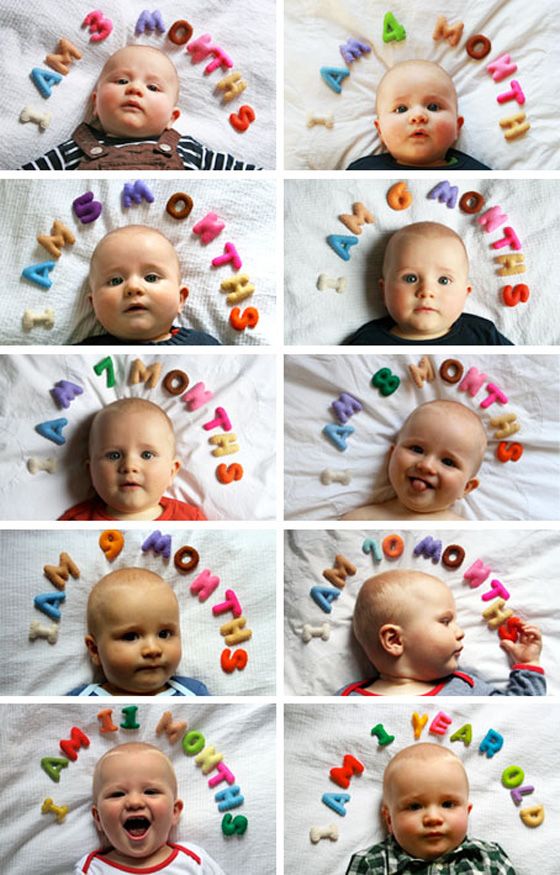
- Use rattles and toys. At this stage, a one-month-old baby may start using their eyes to track moving objects. To encourage this reaction, shake a brightly colored rattle or move a ball from side to side, and see if baby’s head turns. Baby may soon connect the dots and understand that their eyes can follow an object’s motion.
- Go for a walk. Fresh air can work wonders for you and your one-month-old baby. Going for a stroll is also a great early way to expose baby to the outside world. Different sights, smells and sounds will help engage baby’s senses. What’s more, a change of scenery might do you some good too!
1-Month-Old Checklist and Tips
One-month-old babies are sweet and sleepy little things; they may not do a lot, but there’s plenty of developmental milestones happening behind the scenes. While you prepare for the next exciting stage, here’s a list of to-dos to tackle:
- Take baby to their one-month checkup for a wellness evaluation, and to track their one-month-old baby milestones.
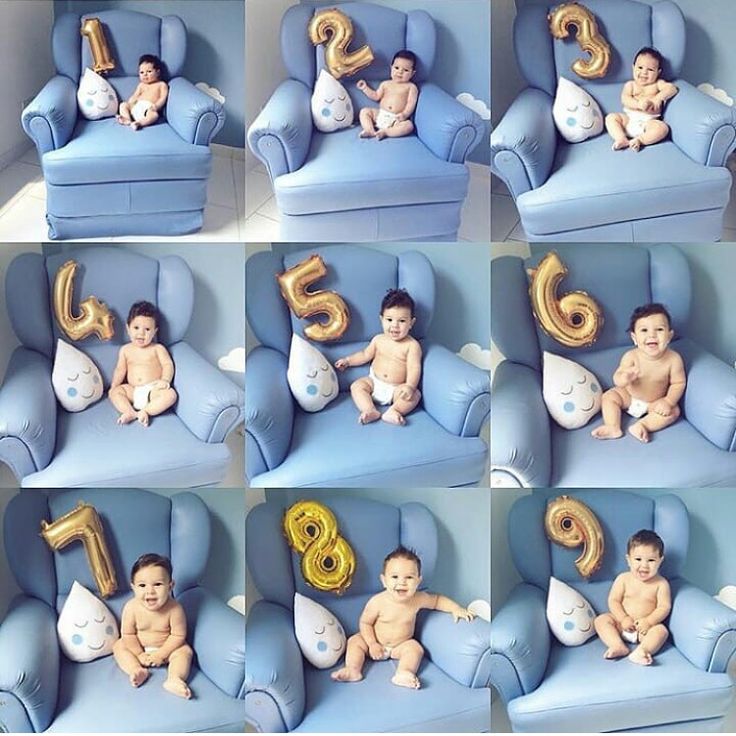
- Ask the doctor about supplementing with vitamin D drops if you’re breastfeeding.
- Check baby’s vaccine schedule; the American Academy of Pediatrics recommends a second dose of the Hepatitis B vaccine between months one and two.
- Schedule baby’s two-month checkup.
- Go to your postpartum checkup at about six weeks post-birth (sooner if you had a c-section).
- Plan a date night with your partner (even if it’s while baby’s sleeping).
- Take baby’s one-month old baby milestone photo.
The early days of parenthood are equal parts exciting and exhausting. One-month-olds learn and grow every day. It’s a nonstop adventure; enjoy all the one-month-old baby milestones. Trust us, the old adage is spot on: The days are long, but the years are short. Soak it in.
Medical content was reviewed by Dina DiMaggio, MD, a board-certified pediatrician at Pediatric Associates of NYC and NYU Langone Health in New York City, and a spokesperson for the American Academy of Pediatrics.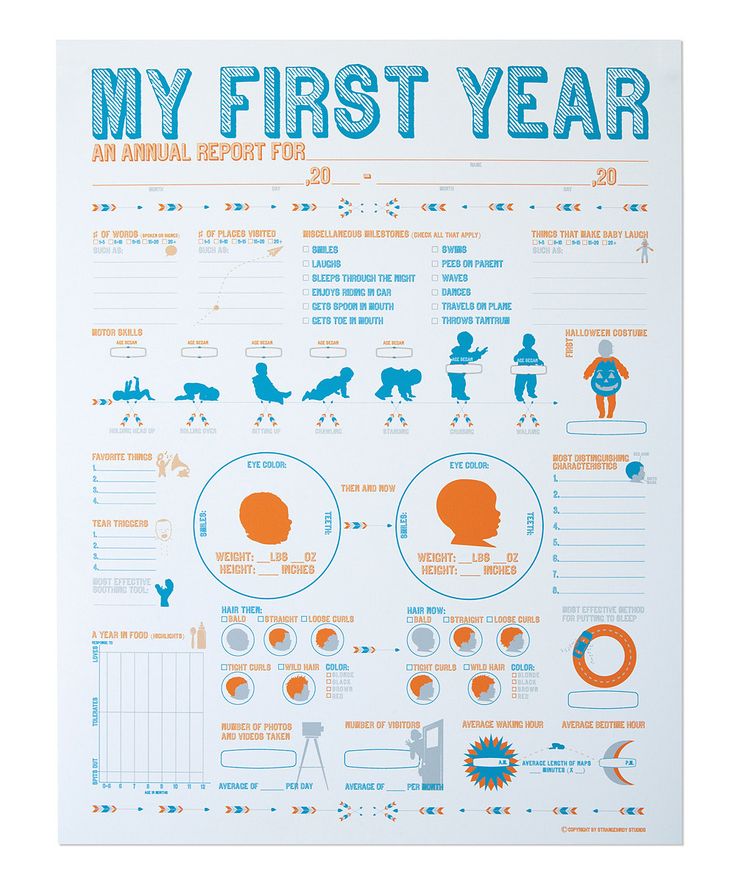 She is also the coauthor of The Pediatrician’s Guide to Feeding Babies and Toddlers.
She is also the coauthor of The Pediatrician’s Guide to Feeding Babies and Toddlers.
3 Month Old Baby: Development and Milestones
3-Month-Old Baby
What a charmer! At 3-months-old, baby is probably smiling plenty, and they’ve likely started to imitate what they hear and see (so watch what you do, mama!). You should chat with baby throughout the day, describing what you're doing, how you're doing it and where you're going—this is how they’ll eventually learn to talk! Just don't go too crazy though. Baby is a quick learner, but they need you to keep things clear and simple, and to recognize when they need a break.
As your 3-month-old baby continues to grow and develop, there are lots of things you’ll want to keep an eye on and a few key 3-month-old baby milestones to watch for. With a whole three months under your parenting belt, you may feel more confident in your child-rearing skills, but you likely have a lot of questions: How often do you feed a 3-month-old baby? How can you play with a 3-month-old? And let’s not forget: When will my 3-month-old sleep through the night? Ready for the lowdown? Here’s everything you need to know about your budding little person.
In this article.
3-month-old development
3-month-old health
3-month-old feeding
3-month-old sleep
3-month-old schedule
Activities for a 3-month-old
3-month-old baby checklist and tips
3-Month-Old Development
Baby is becoming even more active and social at the three-month mark, right? They’re more in control of their body and more aware of people and interacting with them, which makes for lots of fun at playtime.
3-month-old baby weight and length
Parents want to know: How much should a 3-month-old weigh and measure? The average weight of a 3-month-old baby is 12.9 pounds for girls and 14.1 pounds for boys; average length is 23.5 inches for girls and 24.2 inches for boys.
Whether baby’s close to the average or not, the important thing is that they’re growing at a healthy rate. They’ve likely gained another 1.5 to 2 pounds and grown 1 to 1.5 inches this month. The size of baby’s head may have gone up by a half inch too.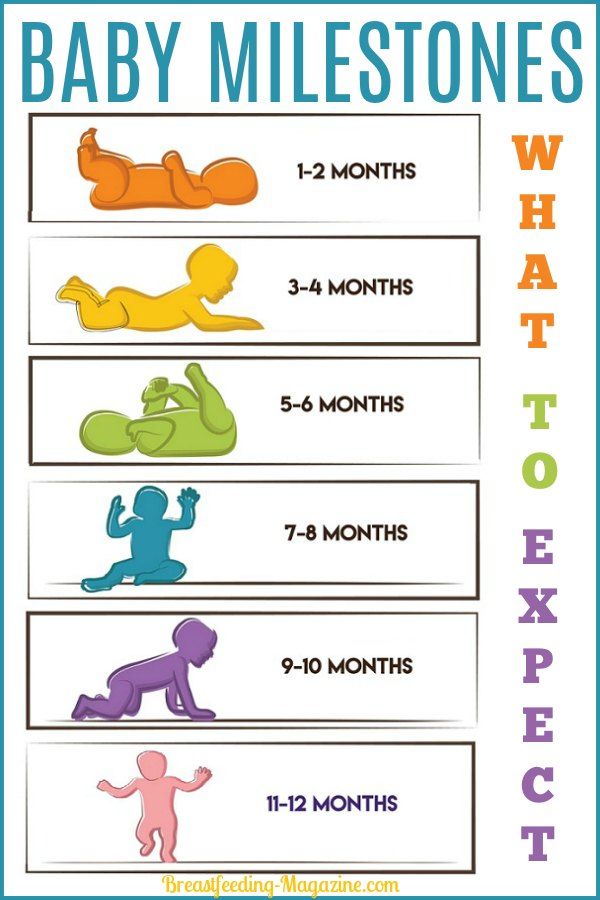
It’s common for a baby to experience a 3-month-old growth spurt. Signs of a growth spurt are having an especially hungry or cranky baby. Baby might wake more at night too. Don’t worry—growth spurts are temporary! Let baby eat, sleep or cuddle more if that’s what they seem to want, and try not to get too frustrated by the sudden change. It can be exhausting for you, but growth spurts usually only last one to three days at a time.
3-month-old’s five senses
At 3-months-old, baby’s senses have developed rapidly.
- They’re working at becoming a great communicator, making eye contact with you, and they can now recognize your face.
- They follow moving objects with their eyes.
- They smile when they hear your voice.
3-month-old baby milestones
Read for all the cuteness to ensue? There are impressive developmental milestones approaching. So what should a 3-month-old be doing? Here’s a peek:
- They’re mimicking some sounds, movements and expressions and starting to babble.
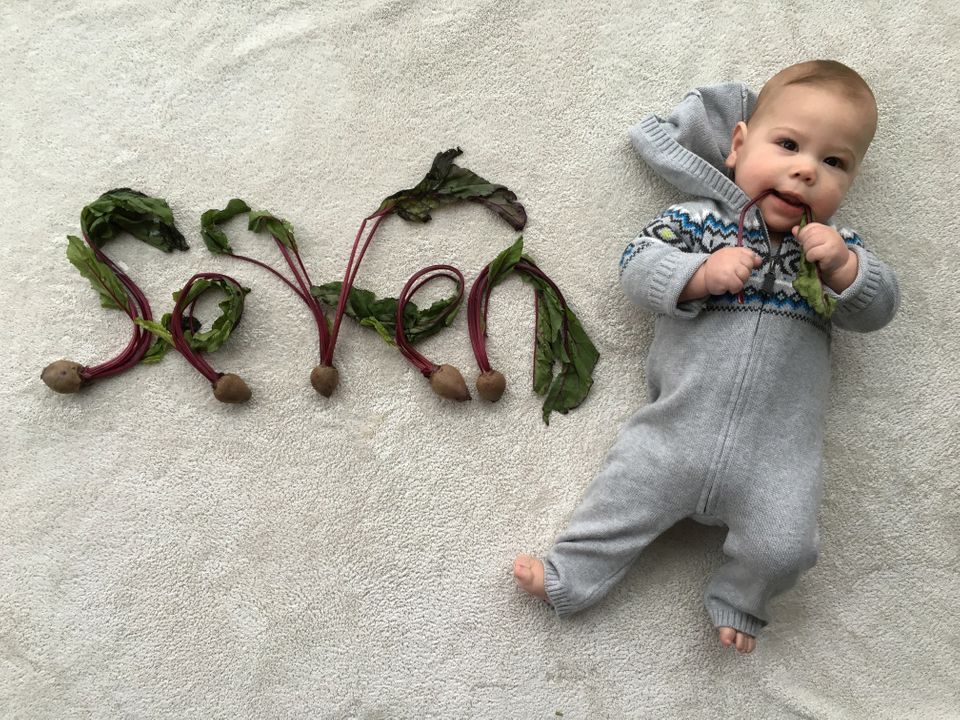
- Let baby play on the floor or under a baby gym, since they love to kick up a storm and swing at things and bat at any dangling toys they see.
- A 3-month-old at tummy time probably raises their head and chest, holding up their upper body with their arms.
- They open and close their hands.
- When you hold baby upright, they’ll push down with their feet onto the floor or your lap.
- They bat at hanging toys above.
- They can grasp and shake a toy.
- You might be wondering, can a baby sit at 3 months of age? Every baby is unique, but many begin sitting up with support anywhere between the three- and five-month marks. The bigger and stronger baby gets, the easier it will be for them to sit up solo.
- Another big question: Can a 3-month-old baby see the TV? At this age, babies are beginning to see more vivid colors and can recognize faces at a distance. Regardless, most experts advise against introducing television or digital screens at such a young age.
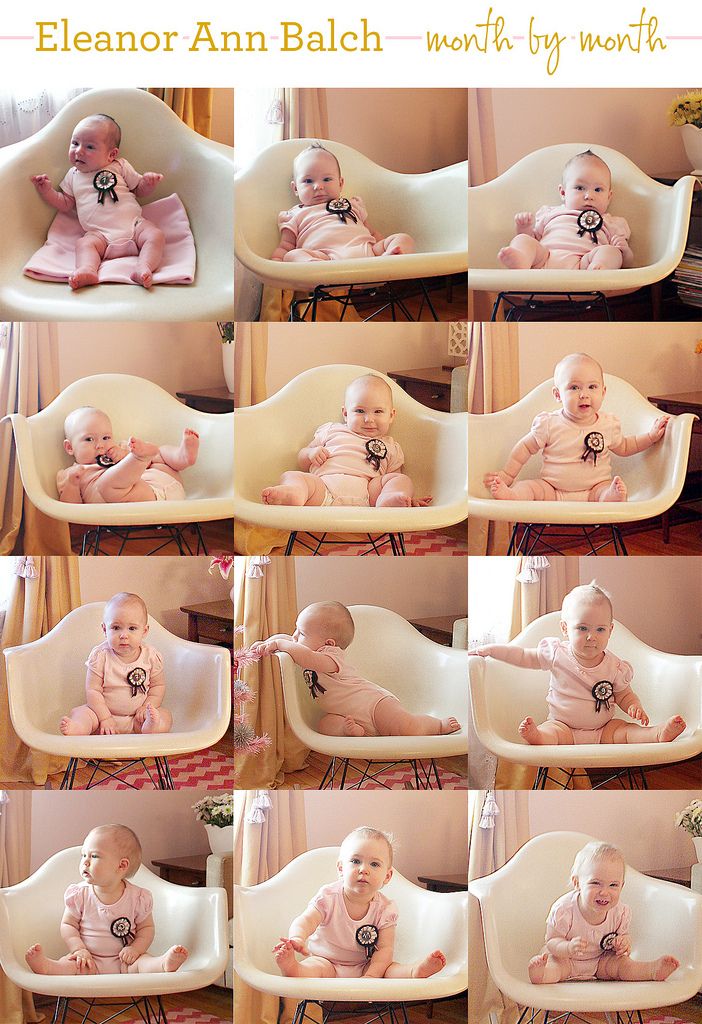
You’ll also want to look out for these signs of a developmental or medical problem at the three-month stage; they’re worth a call to the doctor:
- Baby doesn’t respond to loud sounds or smile at the sound of your voice.
- Baby doesn’t follow moving objects with their eyes.
- Baby doesn’t smile socially.
- Baby can’t grasp or hold objects.
- Baby doesn’t bring their hands or objects to their mouth.
- Baby’s eyes still seem crossed most of the time.
- Baby doesn’t babble.
- Baby doesn’t pay attention to new faces.
- Baby doesn’t push down with their feet when they’re held upright and they’re placed on a flat surface.
3-Month-Old Health
There are lots of health questions parents of 3-month-olds have. Below are some of the most common, with links to detailed articles to help you answer them:
3-Month-Old Feeding
In the last couple months, baby’s appetite has certainly increased! And they know how to tell you when they’re hungry.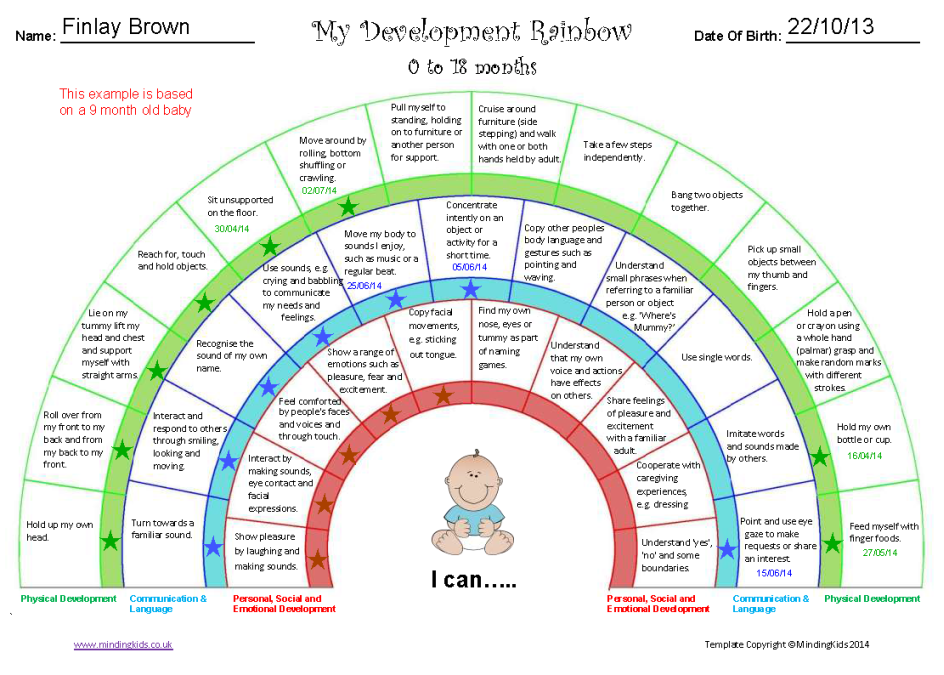 Of course, you’ve probably gotten in such a routine with feeding that you know when they’re about to do that hungry cry.
Of course, you’ve probably gotten in such a routine with feeding that you know when they’re about to do that hungry cry.
How much should a 3-month-old eat?
- Bottle feeding: How much formula for a 3-month-old baby? Typically five ounces about six to eight times a day will suffice.
- Breastfeeding: How often should a 3-month-old nurse? Feedings are typically about every three or four hours at this age but each breastfed baby may be slightly different. What’s important is that baby seems content, your boobs seem to have been emptied (they’re soft) and baby’s gaining weight healthily.
To double-check that baby’s getting enough breast milk, you can also track their diapers. How many wet diapers for a 3-month-old baby? About four or five very wet ones per day indicate that your little one is getting ample milk.
Three-month-old babies may start eating less than they did previously. Breastfed babies do get more efficient, so it’s normal for your baby to feed in about half the time it took them to feed as a newborn. If you see all the signs that baby’s getting enough to eat, it’s perfectly normal. If not, it could be a sign of a problem, so talk to the pediatrician.
If you see all the signs that baby’s getting enough to eat, it’s perfectly normal. If not, it could be a sign of a problem, so talk to the pediatrician.
What can baby eat this month?
Baby is still only able to eat breast milk and/or formula. Many parents ask: “Can I give my 3-month-old water?” Nope! Most doctors recommend parents wait until baby’s ready for solid foods before they get water. Don’t worry, baby’s getting plenty of hydration from breast milk or formula and needs the nourishment it provides.
How often do you feed a 3-month-old baby?
Three-month-olds will likely still need to be fed every three to four hours during the day. When in doubt, look for hunger cues. Before crying for their food, baby may lick their lips, stick out their tongue, repeatedly open their mouth, suck on things or touch their hands to their mouths. These can all be signals that it’s feeding time.
3-month-old feeding schedule
Image: Megan Rubey
3-Month-Old Sleep
Three months in and you’re ready to get this whole sleep thing settled. Want answers to the most common sleep questions among parents of 3-month-olds? Curious minds want to know:
Want answers to the most common sleep questions among parents of 3-month-olds? Curious minds want to know:
How long do 3-month-olds sleep and nap?
Three-month-olds typically sleep about 15 hours a day, and more of those hours are falling at night. In fact, it’s common for 3-month-olds to sleep about 10 hours at night, maybe with at least one five- or six-hour stretch. Baby is probably taking three naps totaling five hours of daytime sleep.
How can I get my 3-month-old to sleep?
It’s harder than you might think to get a tired baby to actually go to sleep! You’ve probably heard the usual advice: Keep the room dark and cool, rock and sing to your baby, and put baby to sleep while they’re sleepy but not yet asleep. Still, there are some nights when none of that seems to work. Try some other parents’ tried-and-true tricks for calming a fussy baby; they just might help you get your little one to snooze—finally.
What should my 3-month-old’s bedtime be?
The ideal bedtime for a 3-month-old baby depends on your family’s schedule, but many experts believe 7:30 p.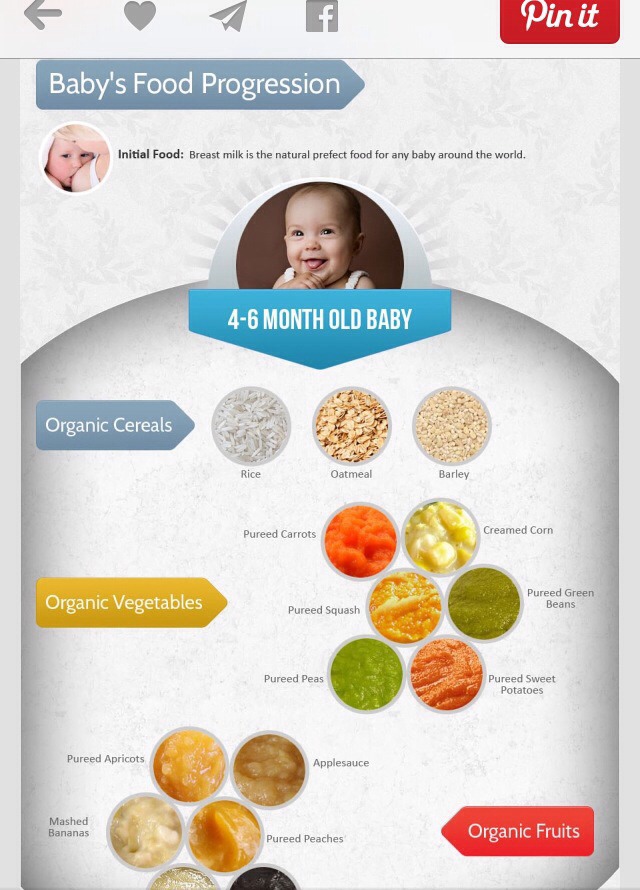 m.—give or take—is ideal at this age. As baby begins to sleep for longer stretches at night, you’ll want to gradually make bedtime earlier, which (surprisingly!) encourages baby to sleep even longer.
m.—give or take—is ideal at this age. As baby begins to sleep for longer stretches at night, you’ll want to gradually make bedtime earlier, which (surprisingly!) encourages baby to sleep even longer.
Does my 3-month-old baby have sleep regression?
You may notice a bit of 3-month-old sleep regression. Baby might be waking more often at night because of a growth spurt, or it might be a developmental thing. Around 3 or 4 months, babies’ brains are becoming more alert and because of that, they want to be using that brainpower more often. Growth spurts can last a few days but true sleep regression (which typically happens closer to 4 months) can last two to six weeks.
3-month-old sleep schedule
Here’s a peek at a typical 3-month-old sleep schedule:
Image: Megan Rubey
3-Month-Old Schedule
Three-month-old babies are creatures of habit—bedtime, nap and feeding routines keep them happy.
3-month-old schedule example
A 3-month-old’s daily schedule might look something like this:
Image: Megan Rubey
Activities for a 3-Month-Old
Be sure to squeeze in some playtime with your 3-month-old baby each day.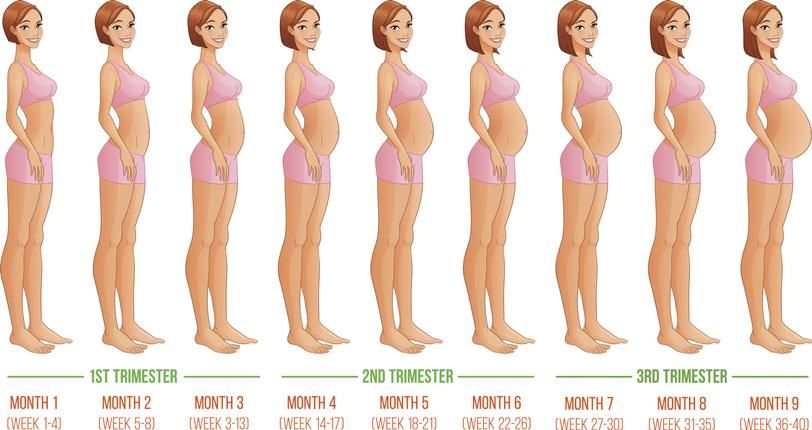 So how can you engage and play with a 3-month old? There are tons of ways to entertain your cutie pie at this stage.
So how can you engage and play with a 3-month old? There are tons of ways to entertain your cutie pie at this stage.
- Give baby a mirror and let them admire their reflection.
- Sing, read and talk to your 3-month-old baby; encourage them to make sounds of their own. This sweet back-and-forth is the basis of an early conversation!
- Place a soft and colorful toy on baby’s chest and let them look, touch and play with it. A play gym or mobile can also provide plenty of amusement.
- Continue to put baby on a mat for tummy time. The more baby gets used to being on their tummy, the more they’ll be inclined to start working toward a scoot or crawl.
3-Month-Old Baby Checklist and Tips
- Make sure you have your four-month baby checkup scheduled.
- Look for signs of readiness for eating solid foods. The pediatrician may recommend you start as early as the four-month mark.
- If you’re going back to work after maternity leave, best wishes! You’ve got this!
- How often should I bathe my 3-month-old baby? Don’t worry about giving baby a bath more than once every few days.
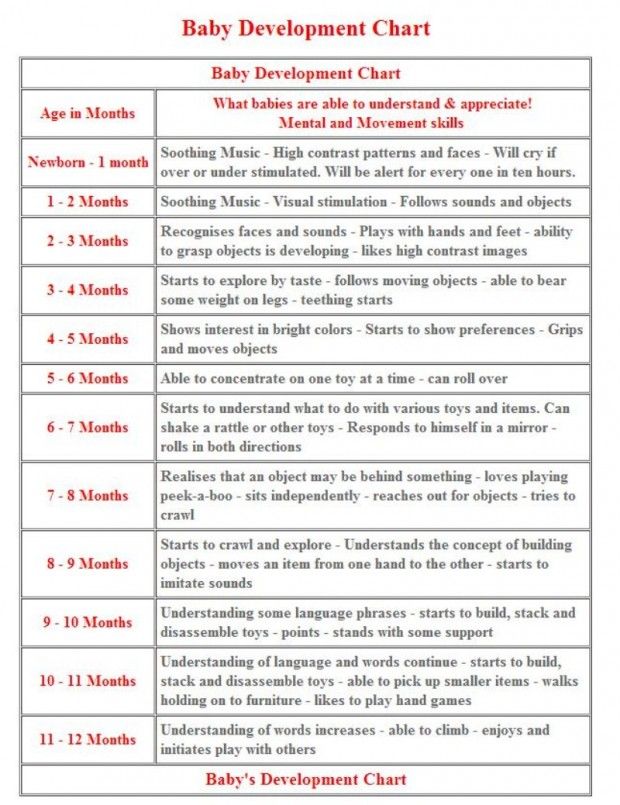
- Find some new things to do with your 3-month-old baby.
- Take baby’s 3-month-old baby milestone photo.
A heads up that in the coming weeks, you’ll be entering new and exciting territory. Baby will work on those important 3-month-old baby milestones, and you’ll have even more to look forward to as they approach month four. Baby will master the art of holding their head up and maybe even begin rolling over from their tummy to their back.
Medical content was reviewed by Dina DiMaggio, MD, a board-certified pediatrician at Pediatric Associates of NYC and NYU Langone Health in New York City, and a spokesperson for the American Academy of Pediatrics. She is also the coauthor of The Pediatrician’s Guide to Feeding Babies and Toddlers.
Development of a child from 2 years to 2.5 years of life: what a child should be able to do
For a child from 2 years to 2 years and 6 months: what he should be able to do
- After the child is 2 years old, his vocabulary will quickly begin to increase, and by the age of 3 it will reach 800 words.
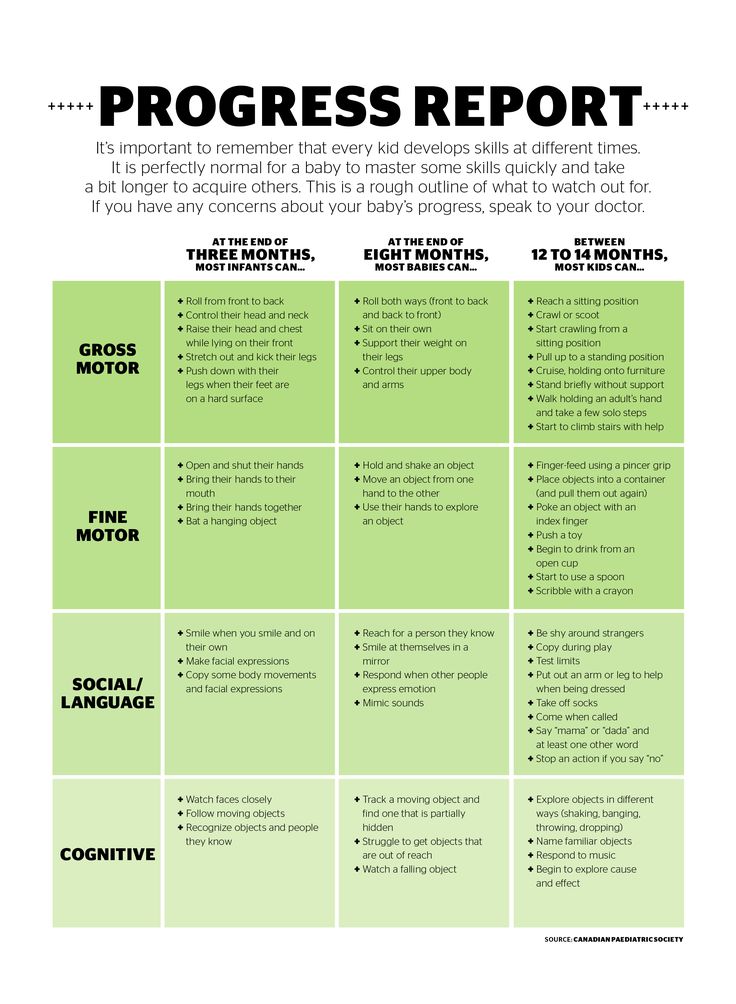 If there is no progress in increasing the vocabulary, then this is the period when it is worth contacting a speech therapist and a neurologist.
If there is no progress in increasing the vocabulary, then this is the period when it is worth contacting a speech therapist and a neurologist. - Speech at this age is predominantly situational. The child gradually adopts the norms and rules of behavior, learns to follow them, but does not always do it with pleasure. However, there are rules in every family (brush your teeth, take off your street shoes, wash your face, etc.) and it is important that parents insist on following them. Therefore, parents need to decide on the rules of the family and follow them themselves.
What a child can do from 2 years to 2 years and 6 months:
- Signals physiological needs, attempts to use the potty independently. If the diaper has not been removed yet, then this is a great age to remove it.
- Knows how to wash hands, dry them with a towel, but does it formally.
- Knows how to eat on his own, but at the same time he can ask for “finishing”, since the child, having received a small amount of food, may lose interest in it; uses a spoon, improves this skill in the game and while eating.

- Wants to do adult things with adults: cook dinner, wash the floor, but this does not mean that the child will do this all the time; It is important for parents not to refuse the help of the child.
- With a little help from adults, be able to dress and undress, but the period of unwillingness to dress and undress on their own (especially in the autumn-winter period) remains quite stable.
- Knows how to play alongside peers (the child can take the initiative, play with other children, but does not yet like to share toys).
- Moves from whispering to speaking loudly.
In the field of physical development and motor skills:
- Runs, performs rhythmic jumps.
- Climbing stairs with support.
- Throws and catches the ball from a short distance, rolls and kicks the ball.
- Draws straight lines, circles, squiggles.
- Builds a tower with 5-6 cubes.
- Recognizes and names primary colors.

Physiological curves of the spine are determined during this period. The remaining milk teeth appear, which allows you to chew properly. The achieved physical fitness is already so great that walking, overcoming obstacles, climbing and descending stairs, walking backwards and jumping is not a problem for the baby.
At about 2.5 years old, the child notices anatomical differences between the sexes.
Child skills at 2 years old:
- Walks and runs, walks down stairs, step by step, holding onto handrails.
- Knows how to kick, roll, throw the ball.
- Knows about 200 words, including the names of basic colors.
- Names the objects shown in the pictures.
- Helps adults, participates in household chores; draws lines, circles, zigzags.
Child skills at 2 years and 6 months:
- Walks up and down stairs without help from adults.
- Speaks in simple sentences.
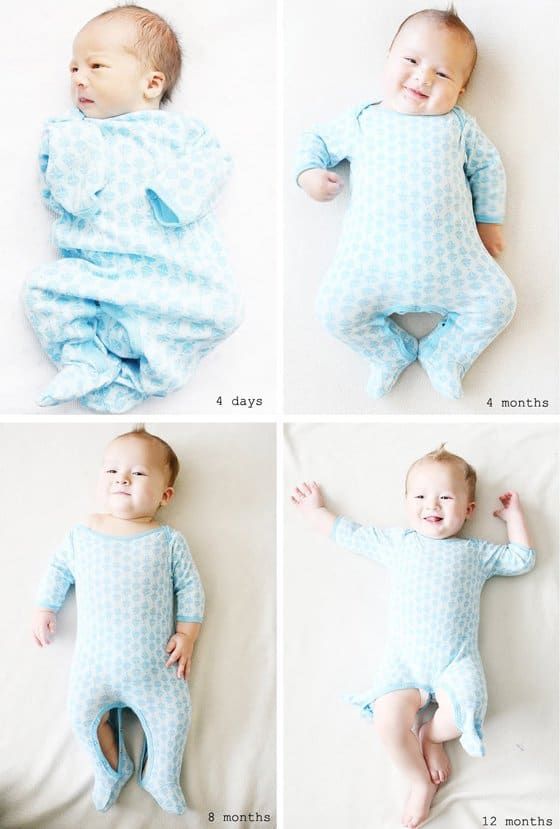
- The leading activity is play, the child explores the world through the game.
- Recognizes the path to places where he often goes, such as his grandmother or the children's clinic.
- Begins to distinguish male and female, but focuses on external signs: clothing, voice. Gender-role identification is not yet constant, the child rather repeats after the adult who he is: a boy, a girl.
- Has a growing need for independence (he wants to do many things alone).
Your child is beginning to understand concepts such as time and opposites, such as big/small and day/night. Begins to point to body parts based on what they do, learns to sort objects and match shapes, colors. Begins to remember what things look like, for example: apples are round, cucumbers are green.
Child memory:
- The objects themselves are remembered better than their names.
- The ability to think about the missing object appears.
- Mostly motor and emotional memory present.
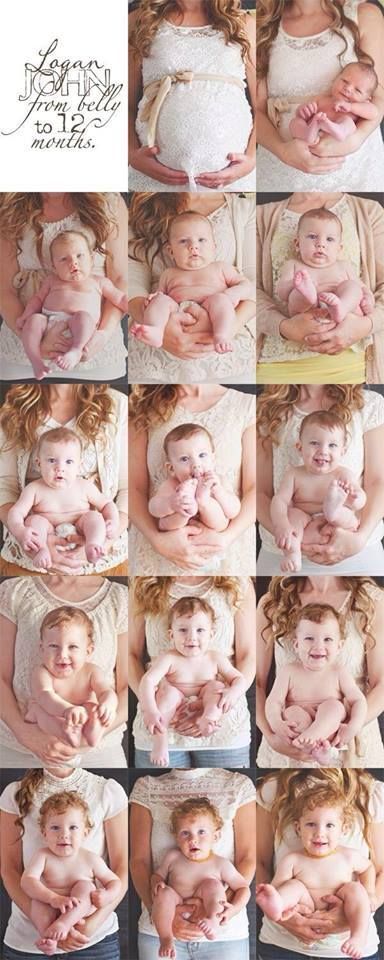
- Arbitrary memory appears, which is the start to the development of imagination.
Child height from 2 years to 2 years and 6 months - norms for boys and girls
- Girls: 86 to 92 cm.
- Boys: 86 to 93 cm.
Child weight 2 years to 2 years and 6 months - Boys and girls norms
- Girls: 12.1 to 13.2 kg.
- Boys: 12.6 to 13.6 kg.
The average weight of a two-year-old child is 12 kg for girls and 13 kg for boys. However, many children at this age weigh +/-3 kg above average, and this is completely normal. Be prepared that at the age of 2 to 3 years, the baby will add about 200 g per month.
Mental development of a child from 2 years to 2 years and 6 months
The mental development of a child from 2 years old makes it possible for parents to more clearly observe the developing character traits of the baby.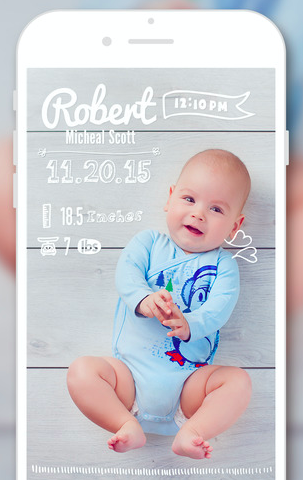 The reactions of the child become more diverse, which indicates that he develops and learns different forms of response to certain situations. The child takes a role model from his parents and relatives and acquaintances whom he often sees.
The reactions of the child become more diverse, which indicates that he develops and learns different forms of response to certain situations. The child takes a role model from his parents and relatives and acquaintances whom he often sees.
The character of the child will be formed for many years, but now parents can support the development of some qualities and even correct them to make life easier for the child in society. Remember that character is formed in the first 3-5 years.
In the emotional sphere, the life of a two-year-old child becomes a little easier, on the one hand, as the baby begins to be more independent, but on the other hand, he still cannot do a lot of things himself, which causes a new storm of emotions.
The ability to wait a while or endure a little discomfort is greatly increased. The child is approaching the "crisis of three years", and the reaction to the parent's "no" or "no" can be very strong, but this does not mean that parents should not say these words.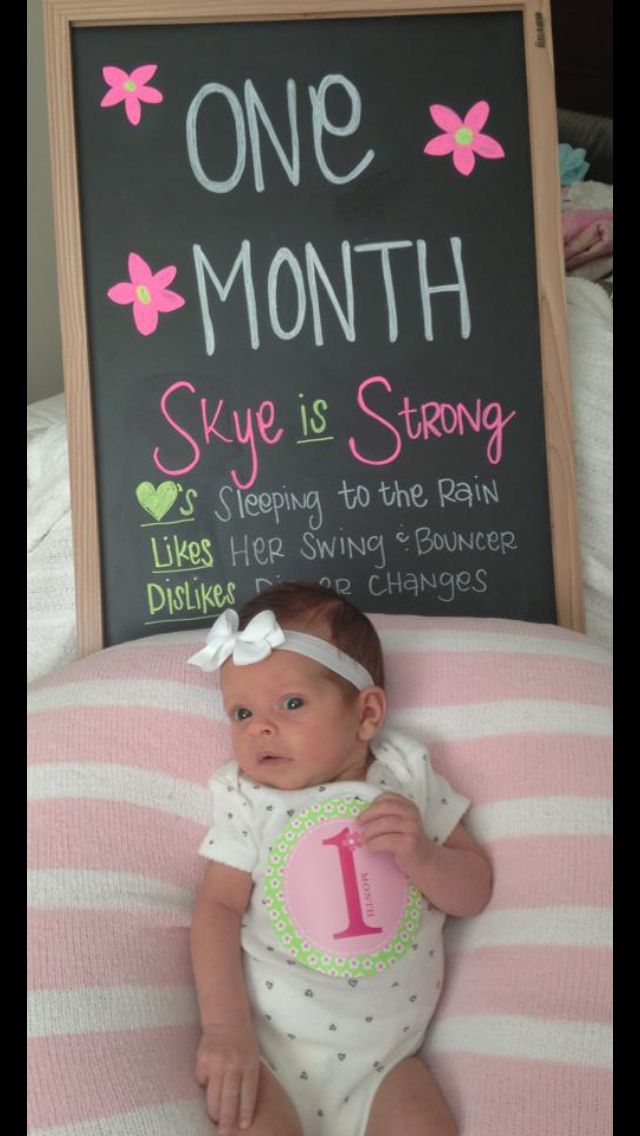 The main thing is that the bans should be consistent and predictable for the child: if you can’t take the phone today, then you can’t take it tomorrow either.
The main thing is that the bans should be consistent and predictable for the child: if you can’t take the phone today, then you can’t take it tomorrow either.
In this age period, after 2 years, it is important to form the boundaries of acceptable behavior:
- The child must clearly understand when “it is impossible never”, in which - “it is impossible if ...”, and in which “it is possible”.
- "It is possible" should sound more often from the lips of parents than "it is impossible".
- These boundaries should be communicated by all adults with whom the child lives.
At this stage of development, the baby is still very strongly attached to his parents, especially to his mother, with whom he is in the same emotional field, and is very dependent on his mother's emotional state. It is important for a child to be accepted by parents, especially a mother, rejection is perceived as a "collapse of the world."
The kid begins to establish a qualitatively different contact with peers, with the participation of an adult, he can already begin to play with them.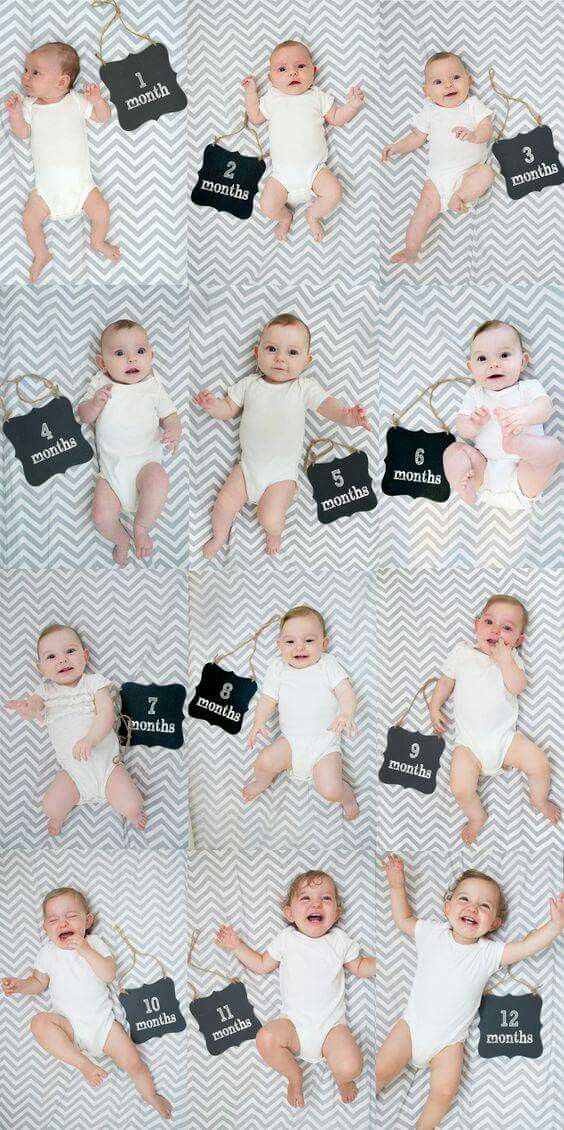
The child is learning self-control, although there are still emotional outbursts during which he may hit, bite or throw a toy at someone. The kid loves to be in the center of attention, to fool around and imitate, to arouse interest. One of the periods in which the child goes through the understanding of what "boundaries" are. The process of assimilation of "mine" - "someone else's" begins. So, he can lend another baby a toy and immediately start demanding it back. Claiming another child's toy because they liked it.
Child care from 2 years to 2 years 6 months
Here I would like to emphasize the special importance of proper nutrition, because the diet of a two-year-old child is becoming more and more similar to the diet of older children.
For proper development, the baby should eat 5 times a day, preferably at intervals of 3-4 hours. Well, if children have a fixed meal time, then it is easier for the body to control the feeling of hunger and satiety.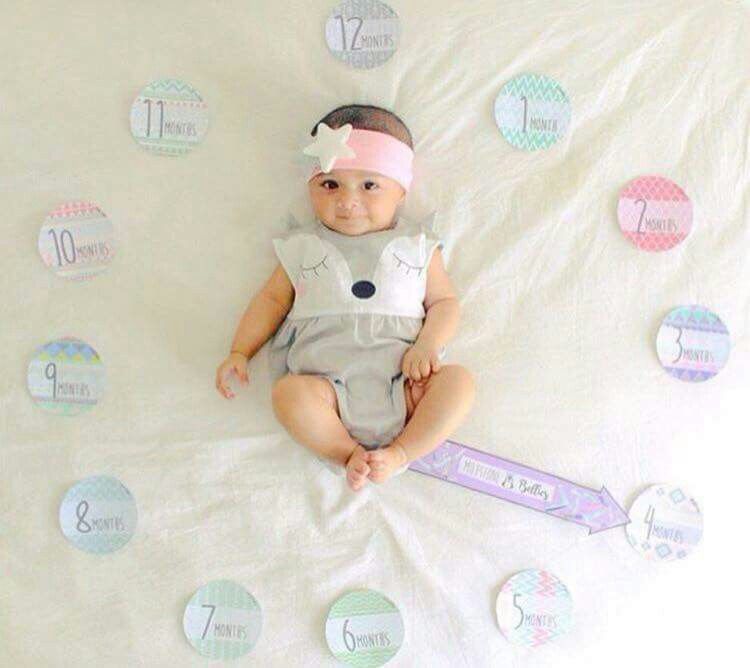
Young children have a high energy requirement as a result of increased physical activity and body growth. Therefore, properly selected grain products should be the main source of energy.
A two-year-old can and should eat all types of grains (except children with celiac disease), his digestive system is old enough to cope with the digestion of such foods. Therefore, instant baby cereals at this age are not the best solution, but only a habit that should be changed.
Another food group that forms the basis of nutrition for young children is milk and dairy products. Two-year-olds should consume 2-3 servings of milk and dairy products. After all, they are the main source of healthy protein, as well as calcium.
Some experts believe that children 2 years of age and older should limit their intake of high-fat foods to protect them from future cardiovascular disease.
Vegetables and fruits are another important group. Small children are recommended to eat 150-200 g of fruit per day.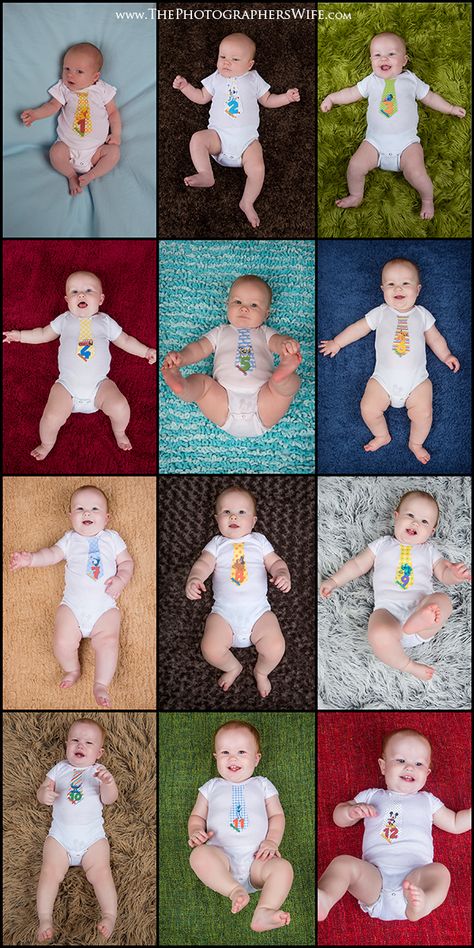 It can be bananas, apples, persimmons, peaches, apricots (everything that contains a minimum amount of acid). Vegetables should be consumed with every meal - it can be boiled beets, carrots, potatoes, cabbage.
It can be bananas, apples, persimmons, peaches, apricots (everything that contains a minimum amount of acid). Vegetables should be consumed with every meal - it can be boiled beets, carrots, potatoes, cabbage.
It is also worth paying attention to eating eggs, which are a source of iron, complete protein and nutrients such as choline, vitamin B, which are responsible for the proper functioning of the brain, affecting concentration, memory and learning.
A two-year-old child should eat fish and seafood 1-2 times a week, especially of marine origin, in addition to essential fatty acids, they contain iodine, which stimulates the cells of the immune system.
Another important point is that children in the second year of life may refuse to eat the offered food to the end. Do not force the child to eat, as this forms the wrong eating habits. Feeding a child should be based on a principle that must always be remembered: parents decide what their child will eat, and the child decides how much he will eat.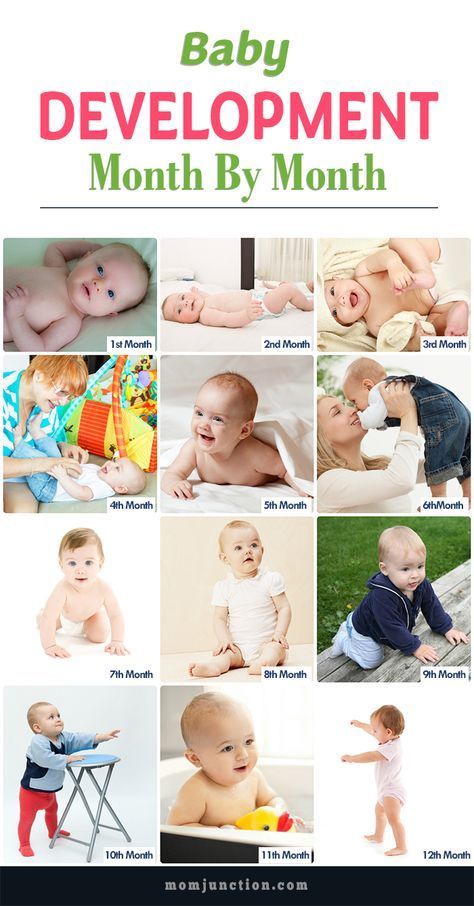
Rehabilitation strategy for children with cerebral palsy
Cerebral palsy is a disease that requires particularly careful monitoring, management and a well-thought-out rehabilitation strategy. The chief pediatric neurologist of the Ministry of Health of the Tver Region, Galina Anatolyevna Zueva, tells what parents of a child with cerebral palsy should pay attention to in the first place.
Good afternoon, dear readers! Today I would like to start a very important conversation with you. Unfortunately, our children have many different health problems. Often these are diseases of the nervous system. Today, a good trend has emerged: most parents approach the issue of procreation responsibly, they go through all the examinations in advance, exclude negative factors. But at the same time, we have the opportunity to "nursing" premature babies weighing 600 grams or more, who often have immature organs and deviations or developmental disorders due to their early birth.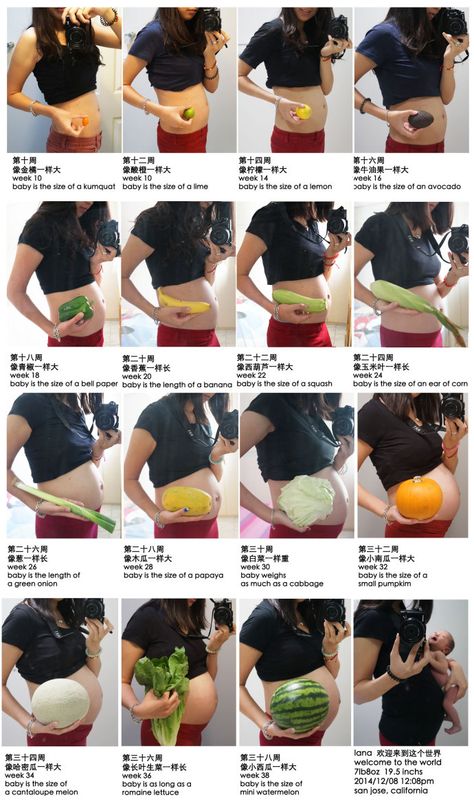 Therefore, despite advances in medicine, the number of children with developmental disabilities is not declining as fast as we would like.
Therefore, despite advances in medicine, the number of children with developmental disabilities is not declining as fast as we would like.
Today's conversation is about the possibilities of rehabilitation of children with cerebral palsy.
Rehabilitation of children with cerebral palsy in the Tver region
In the Tver region, 931 children have the status of a disabled person due to a disease of the nervous system. Of these, almost 600 children suffer from cerebral palsy.
Cerebral palsy is a disease that requires particularly careful monitoring, management and a well-thought-out rehabilitation strategy. Here the coordinated work of several specialists is important. The effectiveness of treatment depends on the sequence of their actions.
When such a child appears in the family, it is necessary to start rehabilitation treatment as soon as possible. In this article, we will start a conversation about what parents of a child with cerebral palsy should do, where to go and what to look for.
Causes of cerebral palsy in children
In total, there are about 600 children with cerebral palsy in the region who have an official disability. But there are also children with mild disabilities or those whose parents, for whatever reason, do not give them the status of people with disabilities. They are not included in official statistics, but they also have a problem with limb mobility.
Cerebral palsy is a disease that includes many problems of movement, speech, vision, swallowing, understanding, intelligence, etc. The main problem of cerebral palsy is movement disorders, most often they manifest themselves in the form of spasticity, i.e. increased muscle tone in the limbs.
There are many reasons for the development of such abnormalities:
- cerebral ischemia in the prenatal period;
- various genetic problems;
- intrauterine strokes in children due to a congenital anomaly of some cerebral vessel;
- infections carried by the mother in the early stages of pregnancy are very dangerous for the health of the child.
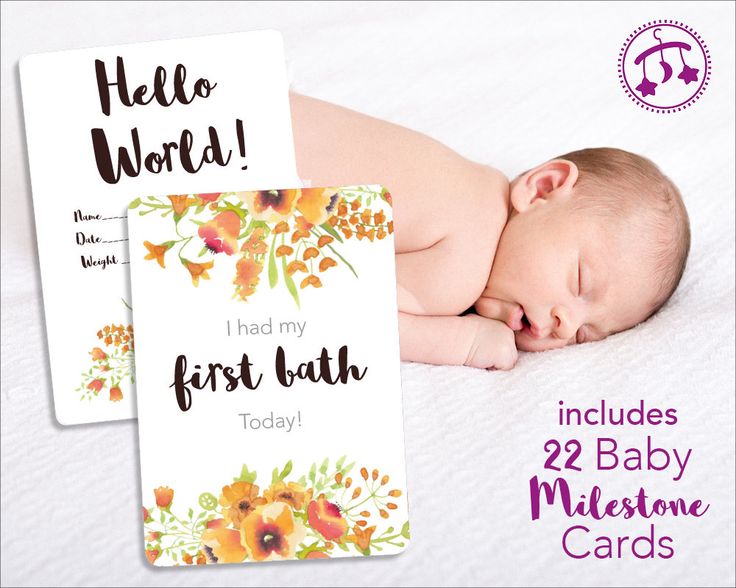 Most often, we, adults, can easily exist with these infections, they live in us for many years, sometimes they give a runny nose, cough, and they have a very negative effect on the fetus. Therefore, it is important for future parents to check for the presence of chronic infectious diseases before planning a pregnancy;
Most often, we, adults, can easily exist with these infections, they live in us for many years, sometimes they give a runny nose, cough, and they have a very negative effect on the fetus. Therefore, it is important for future parents to check for the presence of chronic infectious diseases before planning a pregnancy; - traumatic childbirth can also provoke a problem;
- abrupt detachment of the placenta and acute hypoxia of the brain during pregnancy or childbirth.
When labor does not go as expected, the baby's brain suffers from a lack of oxygen, cerebral ischemia occurs, or hemorrhage occurs. All this can lead to various structural changes in the brain, which entail speech, motor, psychological and other disorders.
The most important thing in rehabilitation is a long-term strategy
Children's cerebral strokes are different from adults. An adult already knows how to move an arm or leg, how to walk, move, he knows how to do it.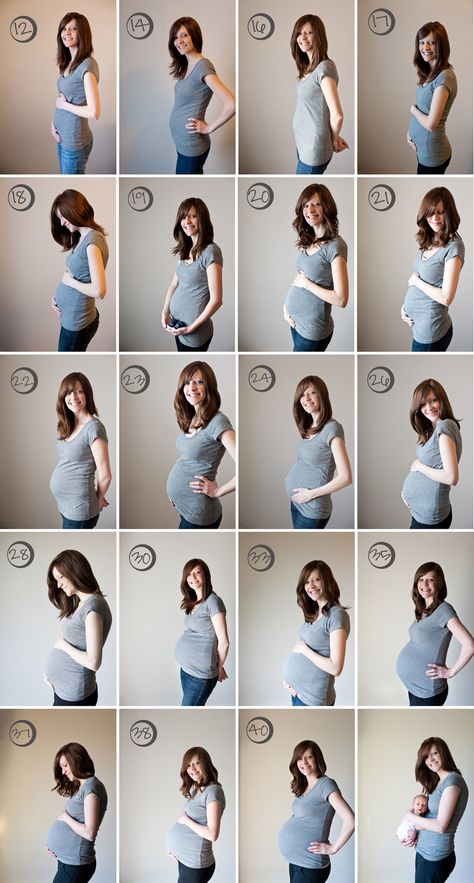 Each of us has a developed motor stereotype from the simple ability to walk to the complex one - driving a car or cross-stitching. Therefore, when an adult suddenly loses mobility, then, having started to practice, he remembers how to move, and quickly restores his skills.
Each of us has a developed motor stereotype from the simple ability to walk to the complex one - driving a car or cross-stitching. Therefore, when an adult suddenly loses mobility, then, having started to practice, he remembers how to move, and quickly restores his skills.
Children do not have this knowledge, the cerebral cortex from the very beginning incorrectly sends an impulse to the limbs, they do not have a “correct” stereotype of movements, therefore a pathological, incorrect stereotype is formed. Most often, this is accompanied by high muscle tone: the right muscle is always clamped, tense, which means that it cannot fully work and causes very severe pain to the child.
Normally, muscle fibers relax and tense up, otherwise the blood supply and muscle trophism change over time. Therefore, it is very important for children with cerebral palsy to work out the strategy of a motor stereotype. Otherwise, the clamped muscles do not allow the bones to grow properly, the joints begin to degenerate, the muscle fibers and tendons also degenerate and shorten, while the child grows up - and now the joints cannot fully straighten.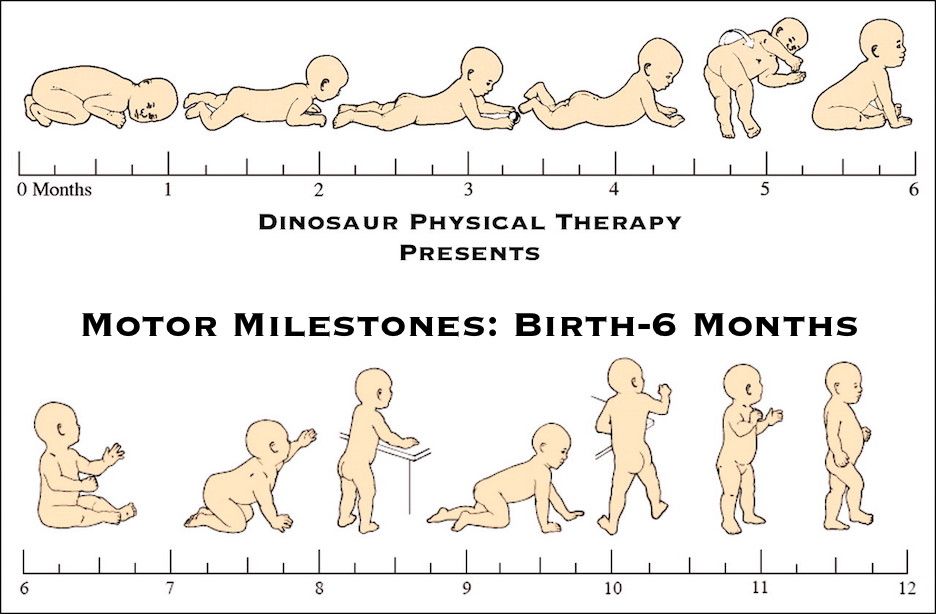 If nothing is done at this time, every year the condition of the muscles and joints, the spine will only get worse, they will stop unbending, the child will be forced to be in a “crooked” state. That is why a long-term treatment strategy is important here.
If nothing is done at this time, every year the condition of the muscles and joints, the spine will only get worse, they will stop unbending, the child will be forced to be in a “crooked” state. That is why a long-term treatment strategy is important here.
The first thing doctors do is relax the muscles to relieve pain and allow the muscles and bones to grow properly. This can be achieved with special medicines that are taken every day or injected into spastic muscles 2-3 times a year by a specially trained neurologist. Sometimes, for a constant supply of the drug to the body, an operation is performed and a baclofen pump is sewn in.
Then you need to give the muscles the opportunity to “sleep” calmly, for this, an individual orthosis is put on at night. Individually selected orthopedic devices, such as tuters, orthoses, corsets, will allow the joints and spine to be in the correct position in which they do not change, the bones do not grow together, the tendons retain their elasticity and extensibility for a long time. Therefore, proper orthopedic support is the second thing that needs to be done for children with cerebral palsy.
Therefore, proper orthopedic support is the second thing that needs to be done for children with cerebral palsy.
The next step is to seat the child. To do this, you will need high-quality orthopedic shoes that will give the right foothold, and a good comfortable stroller. Why is it so important? If the child lies all the time, then he is constantly in a half-asleep state, and the only thing he sees is the ceiling. The brain is arranged in such a way that in the prone position it gives the command to “sleep”. And we, coming home from work and laying down on the sofa, fall asleep. And waking up and taking a sitting position, our body receives a signal from the brain: “Look around you, cheer up.” Therefore, the child, as soon as he is in an upright position, i.e. sitting, he begins to feel differently, becomes more active, he sees what is happening around. And even then you can work with him, draw, teach.
And it is very important to put the child on his feet and, if possible, teach him to walk! Here again, it is necessary to remember about maintaining “verticalization”: correct support on the entire foot in orthopedic boots, fixing the child, if necessary, at the level of the hips, knees, chest, and if the child does not hold his head on his own, fixing the head with a special head holder. On average, a child should spend as much time in an upright position as a healthy child of his age. If he cannot stand or sit on his own, there are special devices: correct chairs with backs, with side pillows, with an adductor between the legs, with a footrest, support for the head; proper supports for standing and walking. These devices will help the child stand and walk.
On average, a child should spend as much time in an upright position as a healthy child of his age. If he cannot stand or sit on his own, there are special devices: correct chairs with backs, with side pillows, with an adductor between the legs, with a footrest, support for the head; proper supports for standing and walking. These devices will help the child stand and walk.
If the child has a severe brain injury and the child can only lie down, then the body must be in the correct position here too: correct positioning must be used.
All this gives a completely different quality of life to both the child and the mother: everyone's mood improves, the child does not suffer from pain. You can take the whole family and walk in the park, and go to visit. And besides, it affects health: in an upright position, the baby can swallow correctly, which means it can properly digest food, bones get the opportunity to grow, bones in the joints correctly touch each other, internal organs (heart, lungs, kidneys, stomach, intestines, vessels) fully work, the child develops harmoniously, maintains eye contact with parents and the outside world, can be an active participant in it.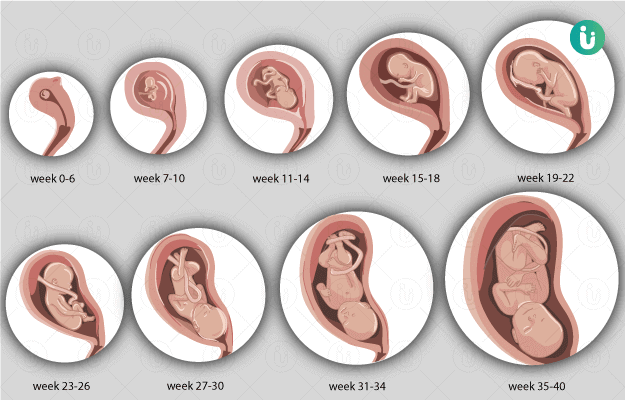 The child needs to wear glasses from early childhood if there are problems with vision, strabismus.
The child needs to wear glasses from early childhood if there are problems with vision, strabismus.
Of course, daily gymnastics, swimming, classes with a speech therapist, a psychologist, learning to draw, sculpt, etc. - the necessary components of rehabilitation treatment.
It is important to remember that the rehabilitation strategy for children with cerebral palsy is the work of a team of specialists and parents for many years. It is mandatory to conduct a medical examination: electroencephalogram, ECG, radiography of the hip and, if necessary, other joints and spine, ultrasound of the brain, examination by an ophthalmologist, orthopedist, speech therapist, psychologist, etc. This will allow you to see the ongoing changes in time and carry out the necessary treatment. Only then can results be achieved. They are not immediately visible, but it is precisely such complex, daily, long work that gives real results. Otherwise, even the child who could walk will stop doing it by the age of 7-8 or will do it much worse.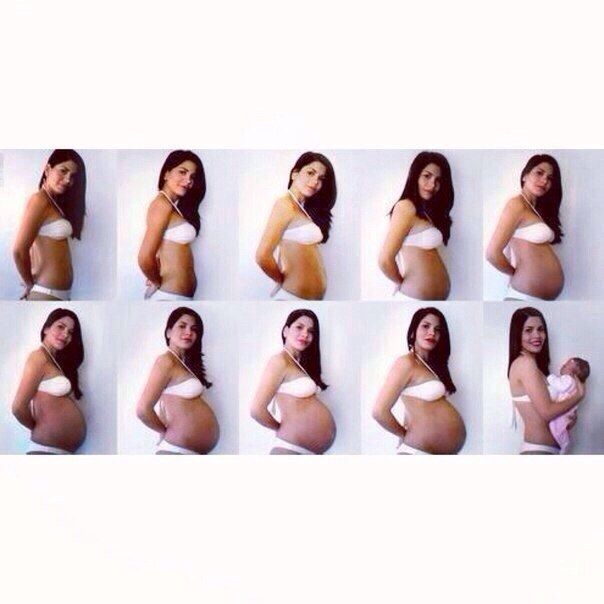
In the next article I will talk about the possibilities of rehabilitation of children with cerebral palsy in the Tver region.
Opportunities for the rehabilitation of children with neurological disorders in the Tver region
Chief pediatric neurologist of the Ministry of Health of the Tver region Galina Anatolyevna Zueva talks about how the system of rehabilitation treatment of children with cerebral palsy works in the Tver region.
The Tver region has a system of rehabilitation treatment, starting from the neonatal period. If a child was born with problems of the nervous system (hemorrhage, severe ischemia, infection, trauma, etc.), he takes the first stage of treatment in the neonatal pathology department of the regional perinatal center, regional children's hospital, KCH No. 1, No. 2. If the condition improves, the child is discharged home under the supervision of a neurologist.
If the problem persists, he is transferred to the Center for Children's Neurology and Medical Rehabilitation of the Children's Clinical Hospital No.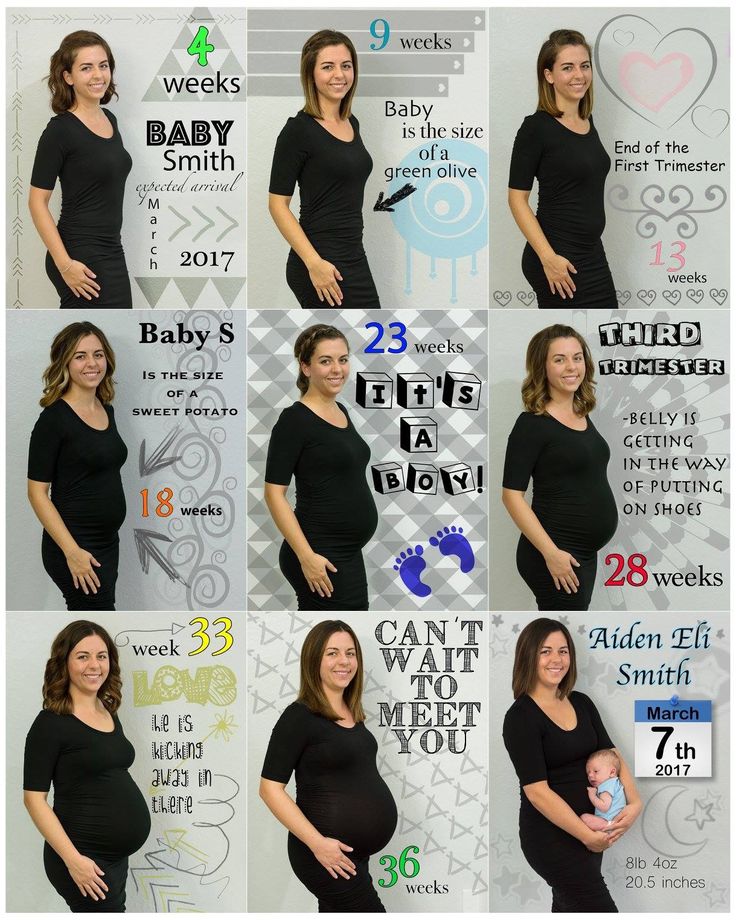 2 (Center for DN and MR) (Tver, Sofya Perovskaya St., 7) or to the Neurological Department of the Regional Children's Hospital (Tver, Stepan Razin Emb., 23 ), where early medical care for the baby begins by a group of professionals - a neurologist, speech therapist, psychologist, orthopedist, ophthalmologist, exercise therapy instructors, etc. If a child needs surgical treatment of progressive hydrocephalus, he is first transferred to the neurosurgical department of the Children's Clinical Hospital, and then, for the period of early rehabilitation treatment, in the same neurological departments.
2 (Center for DN and MR) (Tver, Sofya Perovskaya St., 7) or to the Neurological Department of the Regional Children's Hospital (Tver, Stepan Razin Emb., 23 ), where early medical care for the baby begins by a group of professionals - a neurologist, speech therapist, psychologist, orthopedist, ophthalmologist, exercise therapy instructors, etc. If a child needs surgical treatment of progressive hydrocephalus, he is first transferred to the neurosurgical department of the Children's Clinical Hospital, and then, for the period of early rehabilitation treatment, in the same neurological departments.
Here, in the first year of life, a child can undergo inpatient rehabilitation treatment 2-4 times a year. It is important to be observed by a neurologist at a polyclinic at the place of residence monthly, in the second year of life at least once every 3 months. If a problem is identified, the neurologist writes out a referral to these institutions. In children with cerebral palsy, due to structural damage to the brain, convulsions often appear, so control over this is mandatory. If necessary, you need to take anticonvulsants daily and be observed in the office of convulsive and paroxysmal conditions of the Children's Clinical Hospital No. 2 for children in Tver. Later in the Center for Pediatric Neurology and Medical Rehabilitation on the street. S. Perovskoy, d. 7, it is planned to open a regional epilepsy office, where all children with this pathology in the Tver region will be observed.
If necessary, you need to take anticonvulsants daily and be observed in the office of convulsive and paroxysmal conditions of the Children's Clinical Hospital No. 2 for children in Tver. Later in the Center for Pediatric Neurology and Medical Rehabilitation on the street. S. Perovskoy, d. 7, it is planned to open a regional epilepsy office, where all children with this pathology in the Tver region will be observed.
As the child grows older, in-patient medical rehabilitation courses are held at least twice a year. In between - treatment at home, in a sanatorium.
For children with cerebral palsy older than two years in the period of a stable state, in addition to the above-mentioned medical institutions, rehabilitation treatment is possible in the pediatric department of the regional medical and rehabilitation center (Tver, Gorky St., 50).
From this age it is also possible to visit social rehabilitation centers, which are available in all districts, including in the city of Tver.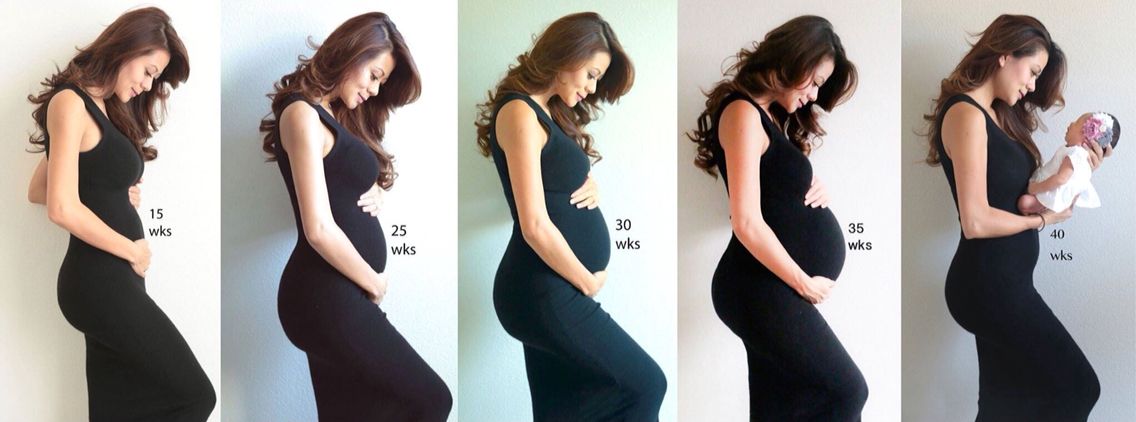 Now they have opened early intervention groups, where children are taken from the age of one. Mom brings the child there for 2-3 hours, and if it is permissible for health reasons, then for the whole day. Here, speech therapists, psychologists, exercise therapy instructors, and educators are involved in working with the child. The centers have daytime groups and there are Sunday groups.
Now they have opened early intervention groups, where children are taken from the age of one. Mom brings the child there for 2-3 hours, and if it is permissible for health reasons, then for the whole day. Here, speech therapists, psychologists, exercise therapy instructors, and educators are involved in working with the child. The centers have daytime groups and there are Sunday groups.
When a child grows up and can walk, he goes to an ordinary kindergarten. If the baby himself does not move, then there are specialized kindergartens, including social rehabilitation centers, where people who have special training in working with such children work. The child must be in a team, learn to play and interact with other people.
After kindergarten, the child, if he can walk on his own and study at school, goes to a regular school, or if he cannot walk on his own, then to a special class for wheelchair children, opened in Tver at the Correctional General Education Boarding School No.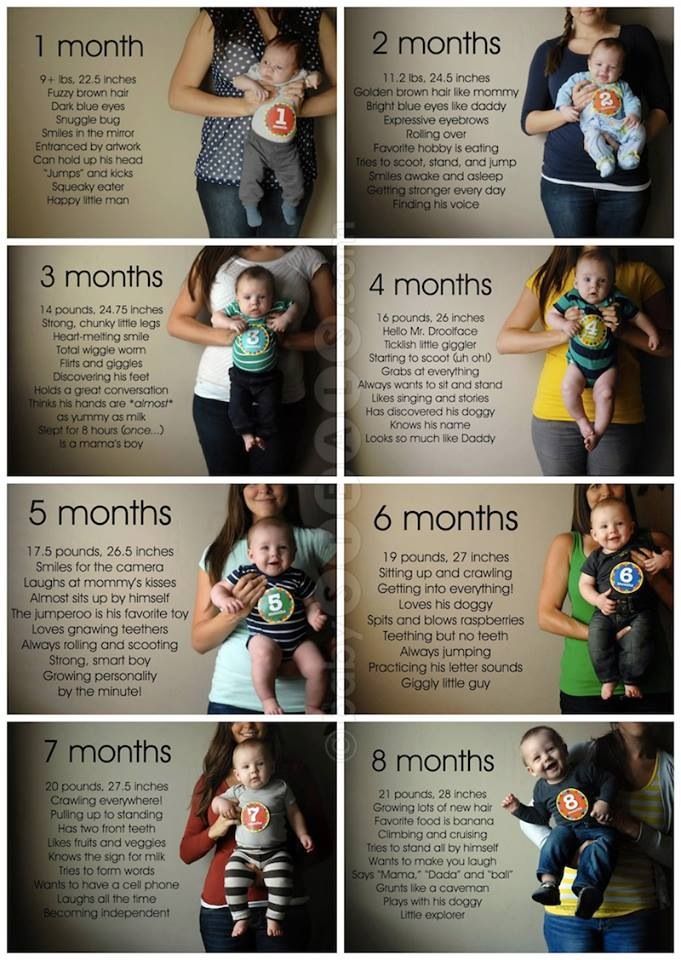 2 VII type for children with disabilities, located on the street. Ordzhonikidze, 49. In a special class, equipment, computers, proper chairs for sitting, walkers, tables are installed, allowing children to gain knowledge. It is important that the child is in society, can learn and communicate, and not sit at home.
2 VII type for children with disabilities, located on the street. Ordzhonikidze, 49. In a special class, equipment, computers, proper chairs for sitting, walkers, tables are installed, allowing children to gain knowledge. It is important that the child is in society, can learn and communicate, and not sit at home.
Children with cerebral palsy can receive sanatorium treatment in Vyshny Volochek, where there is a special sanatorium for children with cerebral palsy of levels 1, 2 and 3 of movement disorders. But, unfortunately, so far this sanatorium accepts only children without mothers, those who can move independently and take care of themselves. Now they are trying to change this situation, to re-equip the sanatorium for receiving a child for treatment together with his mother.
In addition, there is an opportunity to go to specialized sanatoriums in Kaliningrad or Evpatoria, where children with their mothers are taken. Vouchers to sanatoriums are issued by social protection authorities under the rehabilitation program.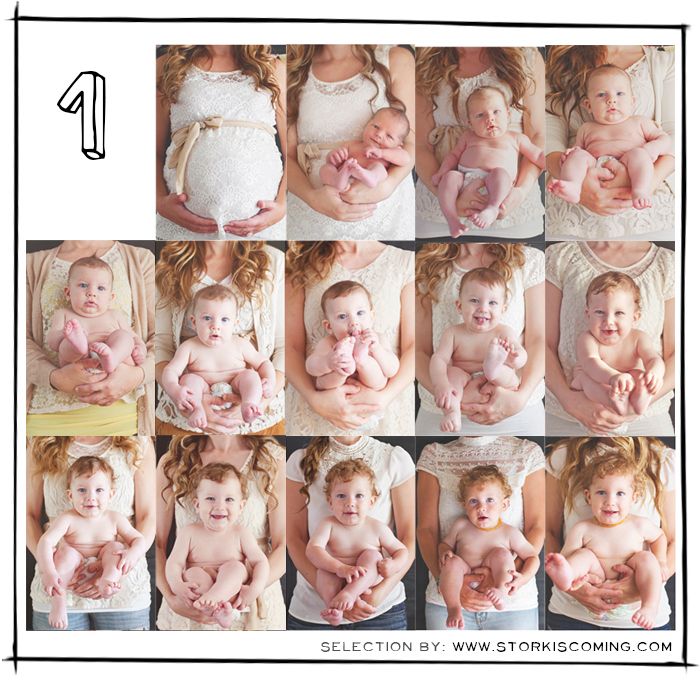 Now you can independently order a ticket to the sanatorium if you have indications via the Internet, just send them medical statements by e-mail.
Now you can independently order a ticket to the sanatorium if you have indications via the Internet, just send them medical statements by e-mail.
It is important to remember that children with cerebral palsy should not stay in the bright sun for a long time during the hot season, so it is best to go for treatment from September to June.
Unfortunately, children with epileptic seizures cannot be treated in such sanatoriums, this is a contraindication. But such children always have the opportunity to undergo rehabilitation treatment at the Center for Pediatric Neurology and Medical Rehabilitation (DN and MR) of the Children's Clinical Hospital No. 2 or the neurological department of the Children's Clinical Hospital.
There are extremely severe children with brain damage, whose parents cannot take responsibility for their health. But these children also receive help and care in full measure. The youngest live up to two years in "Teremka" in Tver, where doctors, teachers, speech therapists, and psychologists work with them.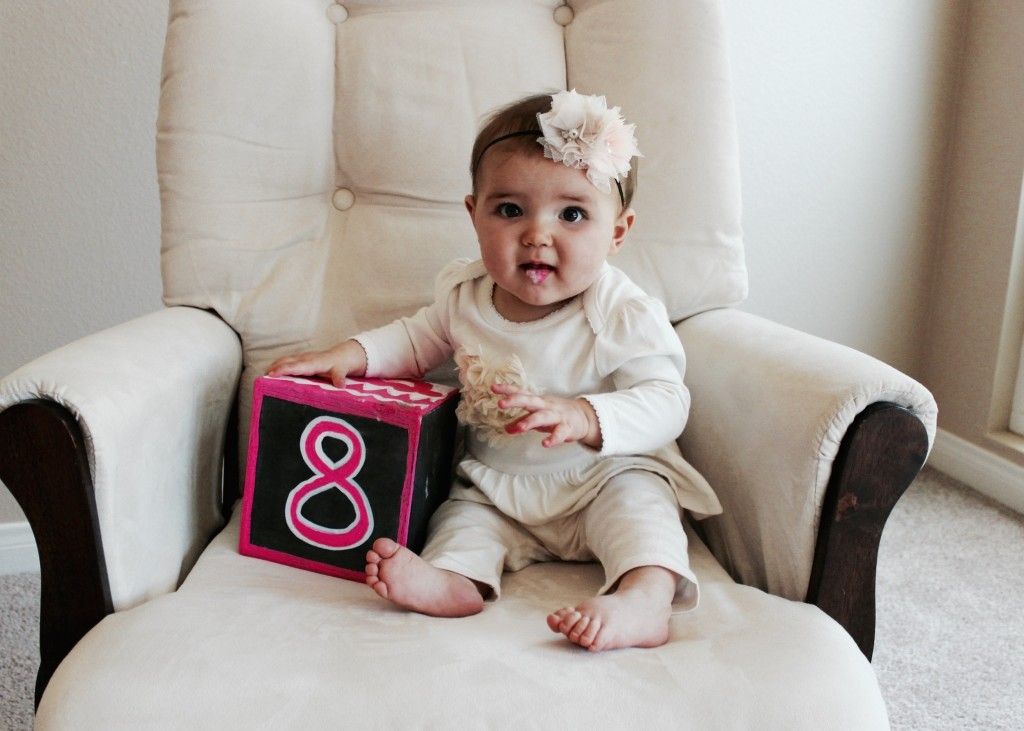 Now a group of day stay has been opened there, which can be visited by children with severe health disorders up to five years old, living in families.
Now a group of day stay has been opened there, which can be visited by children with severe health disorders up to five years old, living in families.
For older children in the Tver region there are Konakovsky and Kasharovsky houses for children with severe mental development disorders. Work on their improvement and equipping is going on very actively, equipment has been purchased, exercise therapy instructors are working, all employees regularly improve their skills and study. There is equipment, seats, stands for motor skills, sensory rooms, exercise therapy rooms.
Do not self-medicate
2-3 times a year, children with cerebral palsy need to undergo medication. This is very important, as it is aimed at improving blood supply, memory, attention, maintaining the work of nerve endings, improving the condition of muscles, bones, cartilage. Many children develop depression or neurosis due to prolonged pain and frequent painful procedures, which also need to be corrected.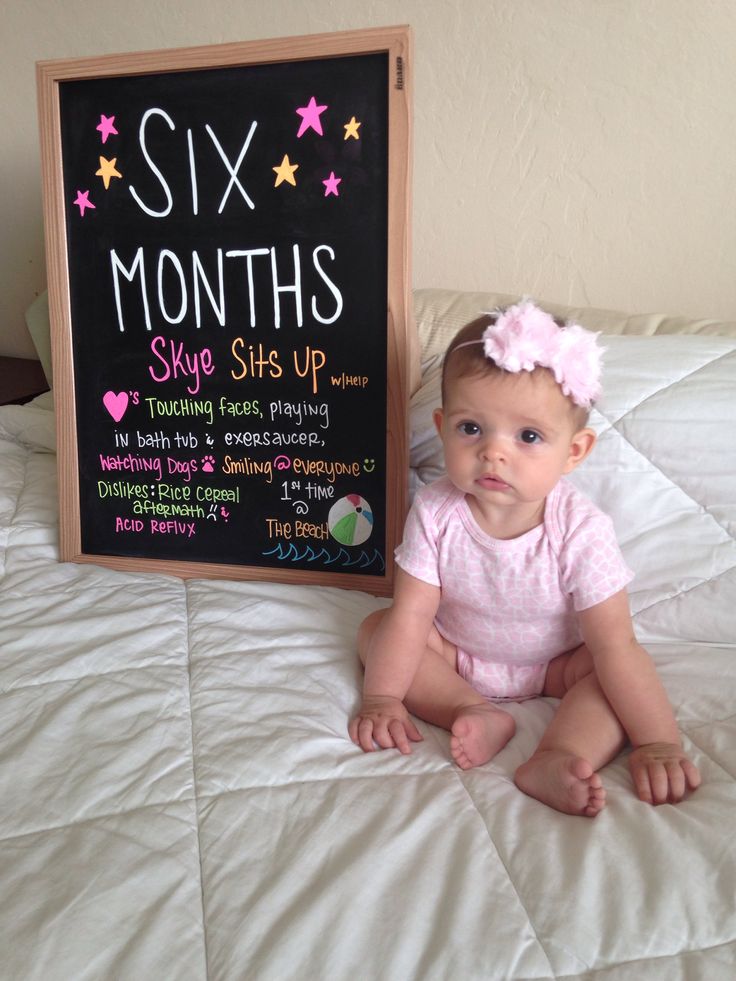
If you do not do this or do it incorrectly, unevenly, then you can “roll back” all the results of treatment. Often parents decide that their child does not need treatment or that it is being treated in a wrong way and stop coming to the appointment. As a result, all previous successes are lost. The main task is to wait for the maximum growth rate (it occurs at 6-7 years of age) and, if necessary, perform an operation on the joints. Then the baby will be able to comfortably and harmoniously grow and develop further.
Special attention should be paid to the selection of special rehabilitation means for the child. According to the IPR program (individual rehabilitation program), which should be drawn up based on the violation of the functions of certain organs, children receive rehabilitation means. Before making an application, contact all the specialists, find out what exactly your child needs. Not just an orthosis, but which one, what size, not just a stroller, but in what configuration, for what height.
Enough space for everyone
But not all children receive treatment. Some parents stop fighting the disease, give up, receive a pension and spend it on food and clothing. But after all, this money is paid for the rehabilitation of the child, for the opportunity to do more, to have additional equipment - special utensils, convenient appliances, developing devices. Rehabilitation of a child with cerebral palsy is hard everyday work, constant attention (how it lies, how it sits, is it comfortable, is it right). Not all parents know how to do this.
Since September, the School for Parents of Children with Disabilities “The Path to Success” has started working for them at the Center for Children with Disabilities and Children of Children with Disabilities “The Way to Success”, where specialists will come, give lectures and answer questions. The first lesson was devoted to orthopedic support and solved a very important issue of rehabilitation: "How to prevent changes in the joints and spine in children with cerebral palsy?" Such classes will be held monthly, information about the classes will be published on the page of social networks on the "Children-angels" forum.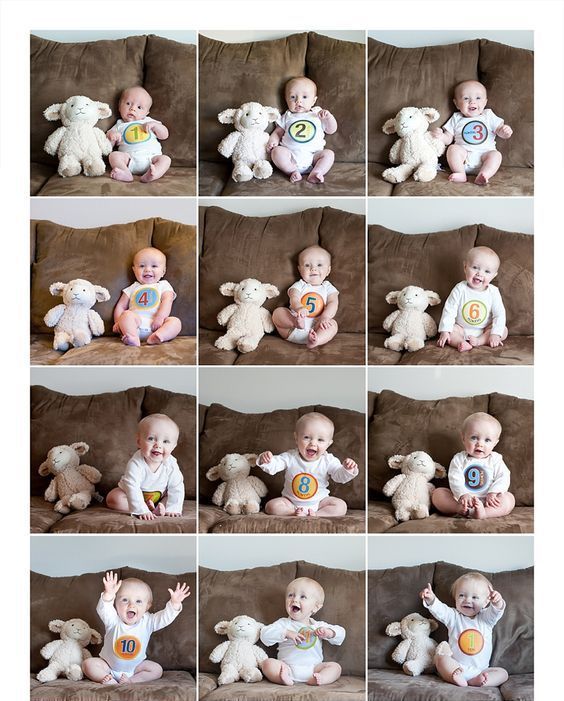
Also, the Center for DN and MR conducts advanced training courses on the rehabilitation of children with disabilities for all specialists from medical and social rehabilitation centers in the Tver region, employees of sanatoriums. Such a cycle was already in May 2016, more than 25 specialists were trained as part of the course. The next cycle is planned for November 2016.
In the plans for the development and improvement of the volume of care provided to children in the Tver region with damage to the nervous system, the Center for DN and MR plans to work with a chiropractor, a reflexologist, a social worker, new equipment will appear for a physio room, an exercise therapy room and psychological relief. A social psychologist works with mothers to support them. There are no problems with medicines either, they can be obtained in full under a medical insurance policy.
Rehabilitation is a difficult multi-stage process, but it is bearing fruit. So, a third of wheelchair children, with proper care, can start walking with a walker, and those who walked with outside help will start walking on their own.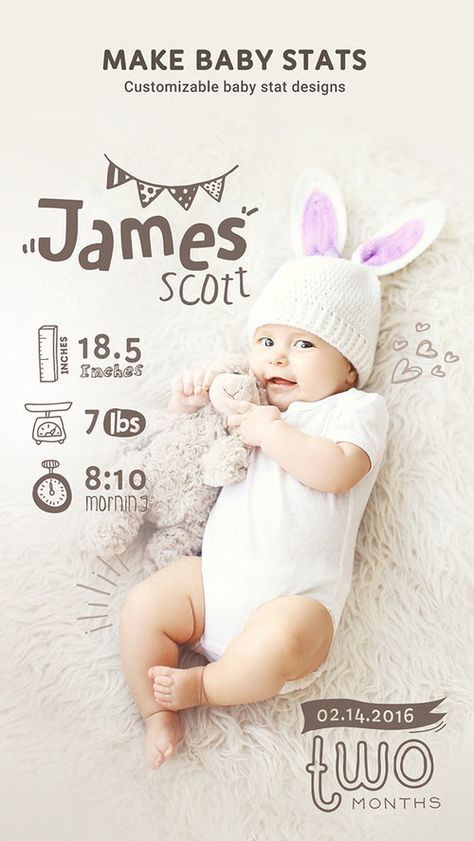 The peculiarity of cerebral palsy lies in the fact that each age has its own "tricks" of problems, so it is important to track them, move from stage to stage in time, not give up and not self-medicate without consulting a doctor. It is necessary to strictly observe the principle of strategy, and then a lot is possible.
The peculiarity of cerebral palsy lies in the fact that each age has its own "tricks" of problems, so it is important to track them, move from stage to stage in time, not give up and not self-medicate without consulting a doctor. It is necessary to strictly observe the principle of strategy, and then a lot is possible.
This entire rehabilitation process is provided to children at the expense of the state. But in the Tver region there are also private medical and educational centers that provide part of the rehabilitation assistance. So the choice is yours.
Children with cerebral palsy are special children
Such children are unusually devoted to their parents, they love them very dearly. The main thing is to learn to get joy from even the smallest achievements, from communication, from joint activities. This will greatly improve your life! Even now, a very good trend has emerged: families with such children remain complete. Even 15-20 years ago, men could not bear the responsibility, they left. Today the situation has changed for the better. Dad's role in the treatment process is extremely important, he is more constructive, ready to follow all the recommendations and follow the regime, and this is exactly what is needed for the most effective rehabilitation.
Today the situation has changed for the better. Dad's role in the treatment process is extremely important, he is more constructive, ready to follow all the recommendations and follow the regime, and this is exactly what is needed for the most effective rehabilitation.
Prevention doesn't hurt
Even if the baby was born healthy and you don't have any complaints, visits to a neurologist should not be neglected. The doctor should examine the baby at 1, 3, 6 months and a year. He will assess whether the child is developing correctly. There is such a thing as a "silent period". It falls on the age of 3 to 6 months. At this time, the previously treated symptoms do not appear, and after six months they may occur with renewed vigor. Therefore, if you notice any alarming bells (sleep disturbance, tremor of the chin or legs), you need to see a doctor. If the child is 5-6 months old, and he doesn’t think to turn around, starts to get up and stands only on tiptoe, this is a reason to seek advice from the clinic.